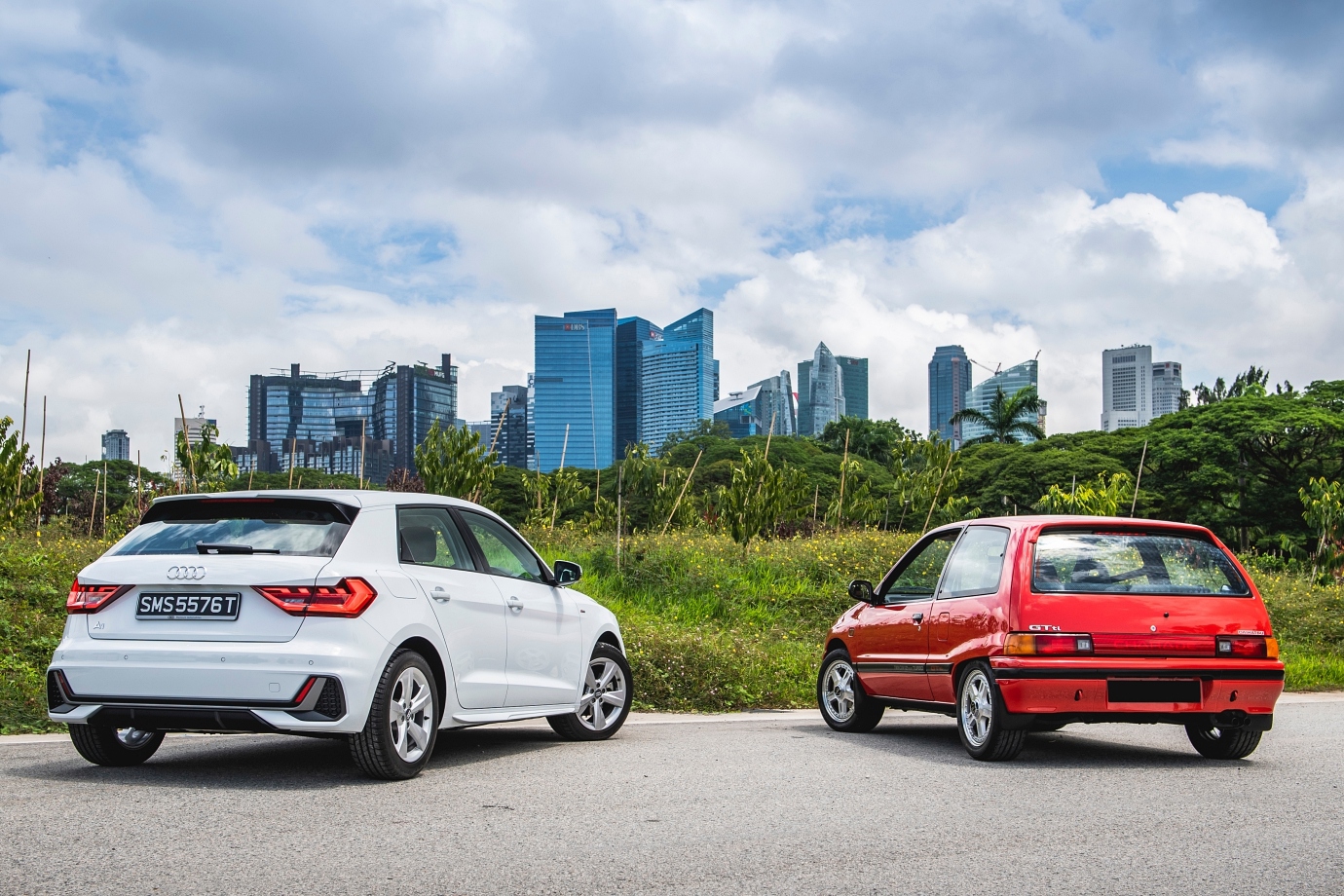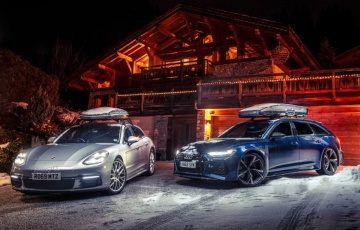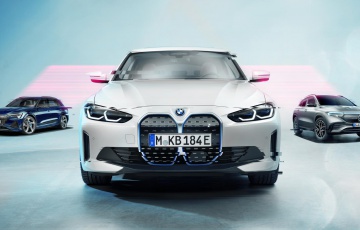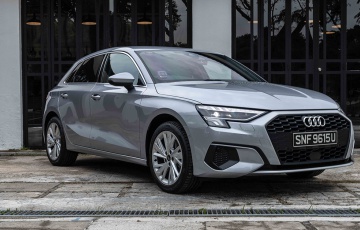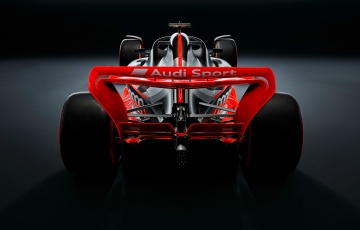Patriot Games : Audi A1 Sportback 1.0 TFSI & Daihatsu G100 Charade GTti Drive [review]
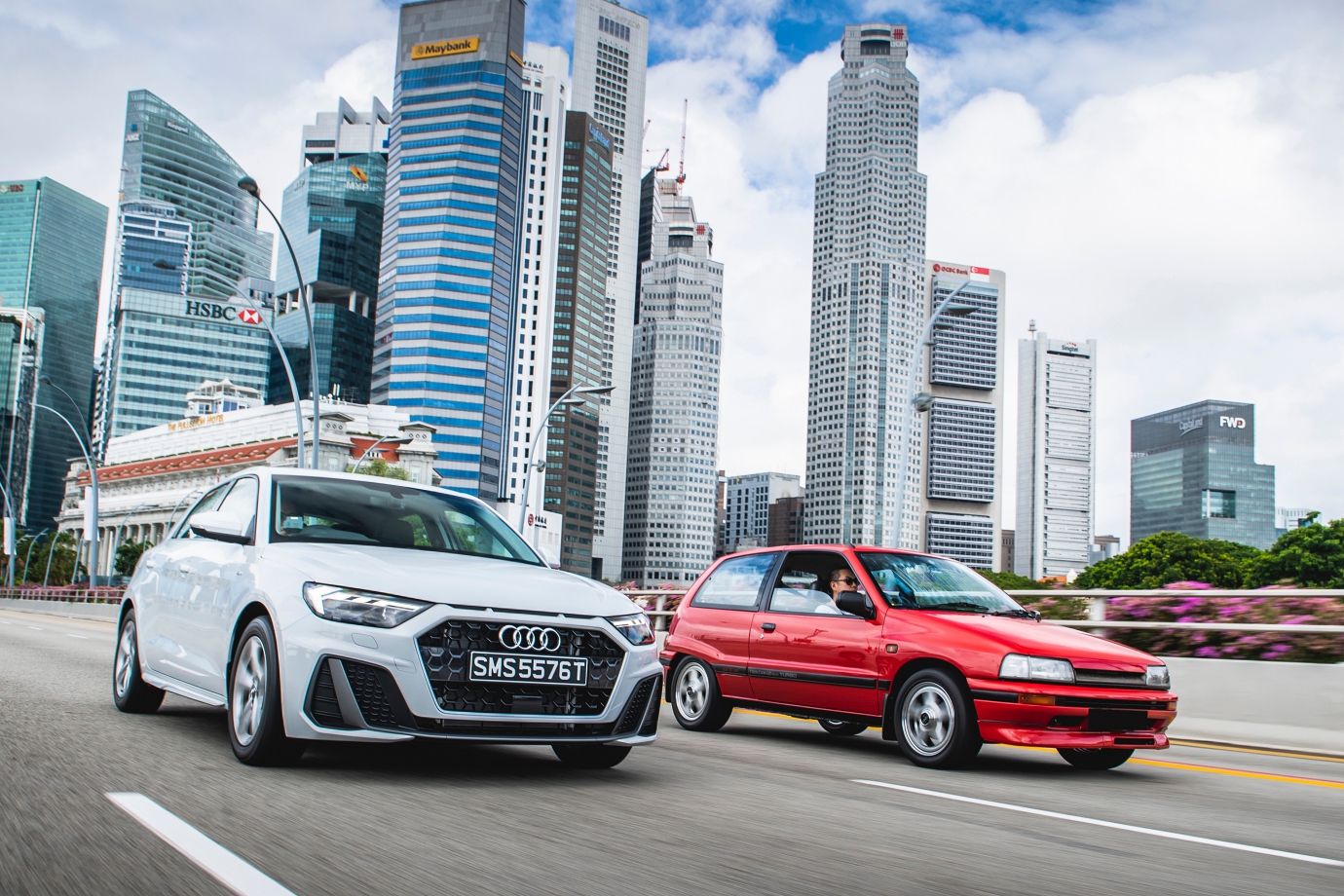
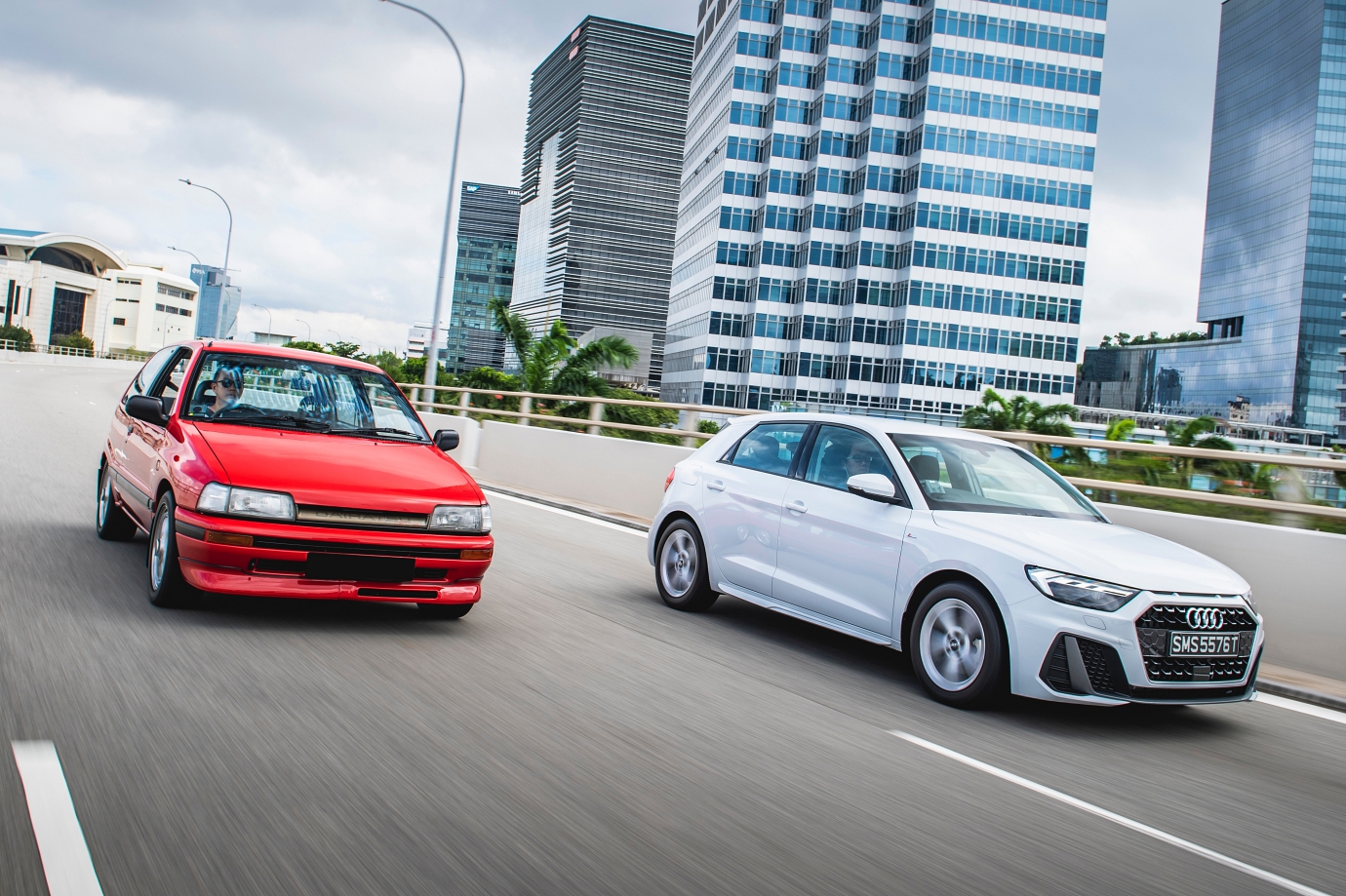
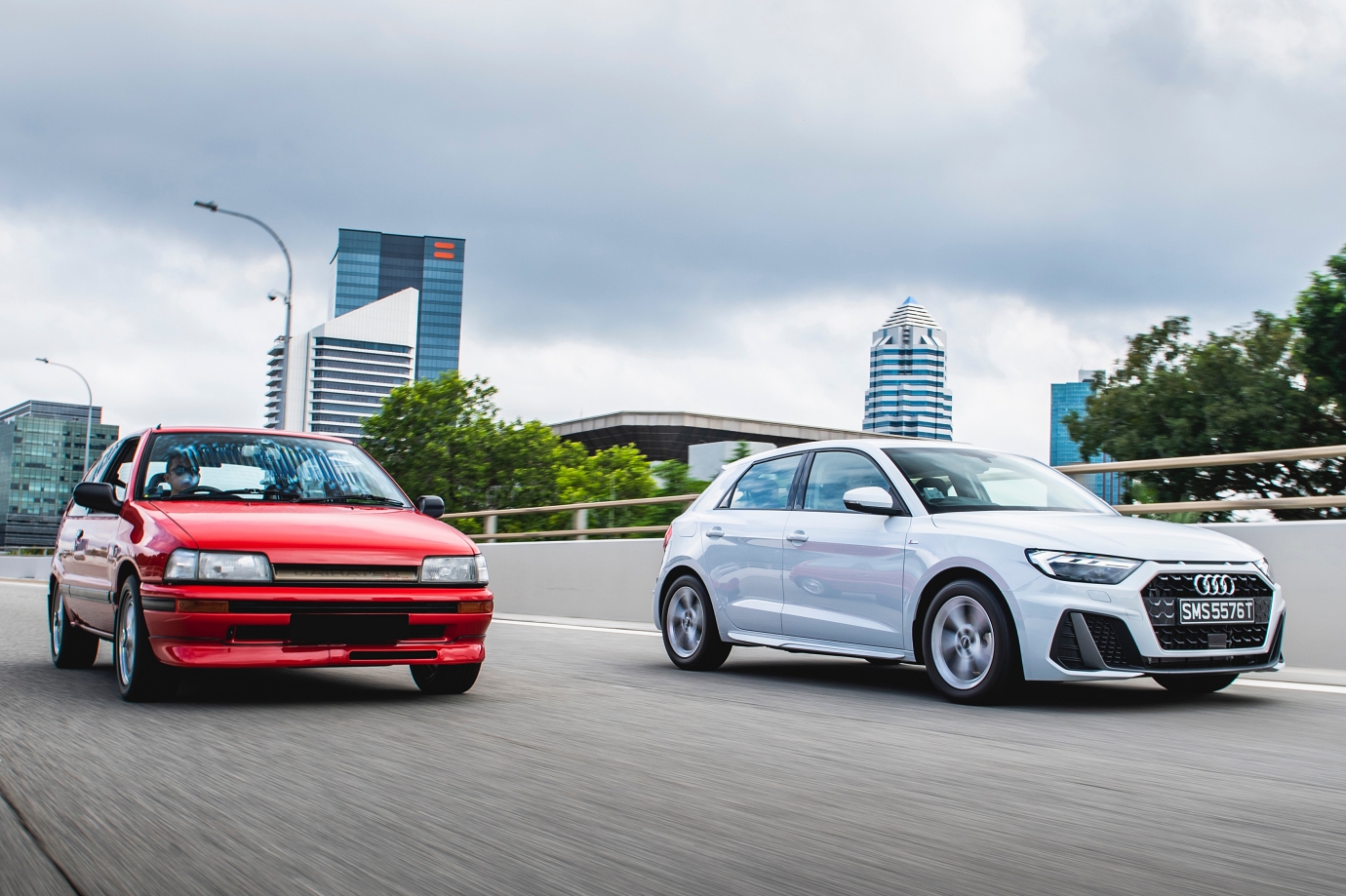
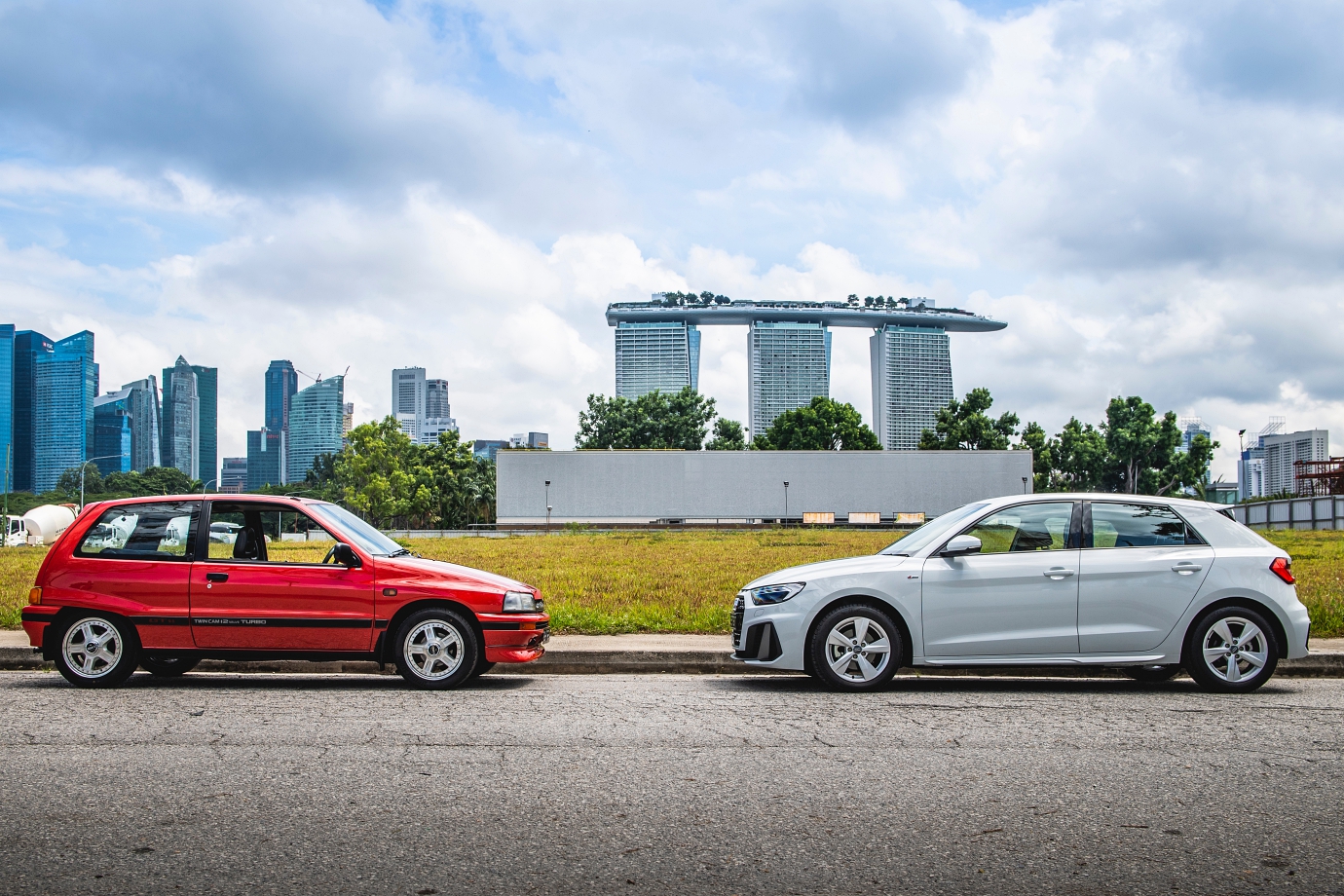
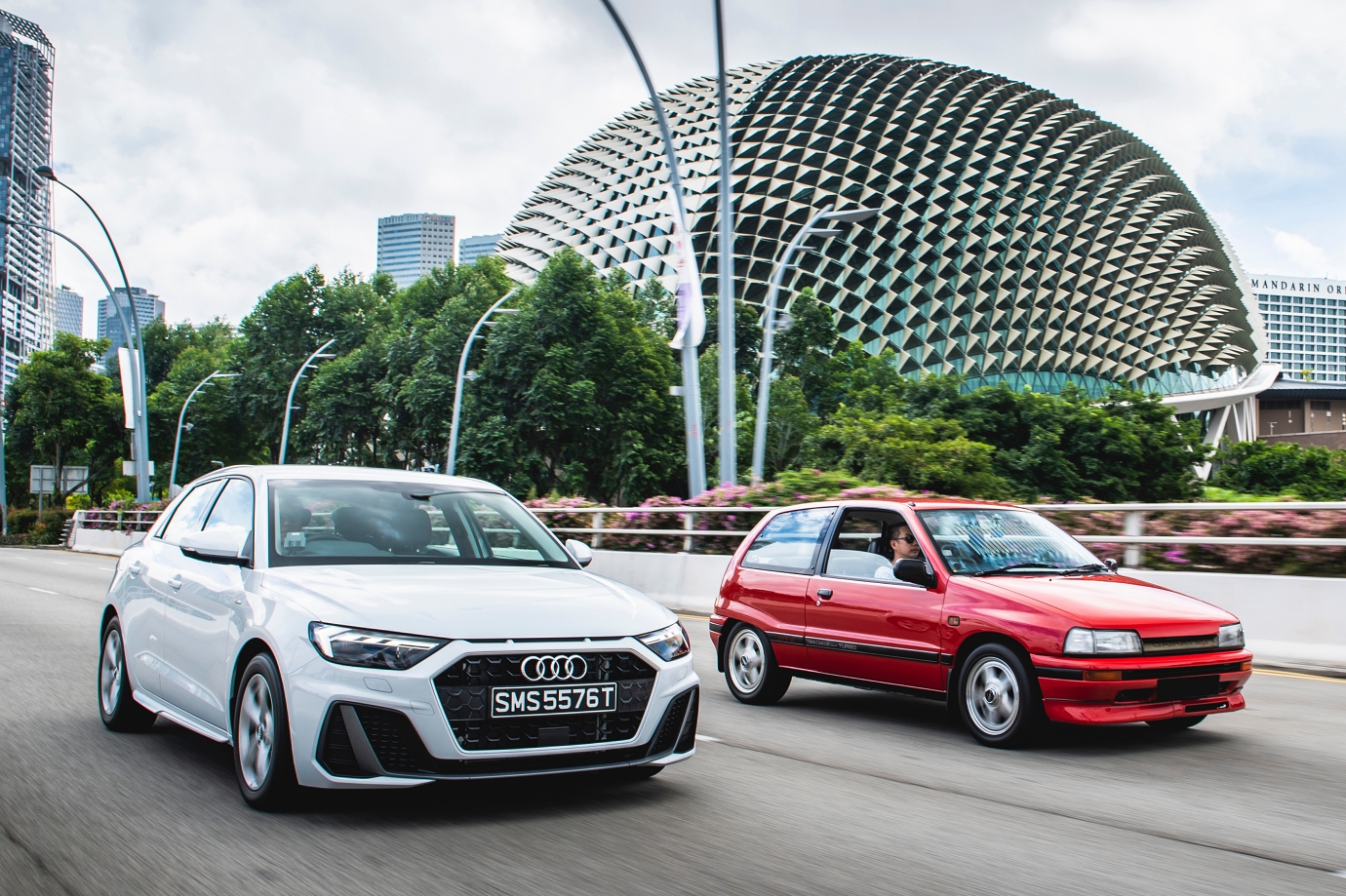
Audi A1 Sportback 1.0 TFSI & Daihatsu G100 Charade GTti Drive Review : Patriot Games
Singapore - It isn’t even August yet when we shoot the dynamic duo, but we’re feeling festive thanks to the patriotic red-white colour combo of our perky pair of turbo’d three-cylinder hatchbacks.
You'd have to have a hard heart indeed if this pint-sized pair doesn’t put a big smile on your face.
August 9, or Singapore’s National Day, is a timely reminder we’ve been nation-building for over 50 years, but it’s always important to think about where our compact city-state has come from to be able to appreciate how far we’ve come.
The anonymous-looking Daihatsu may be a relic from 1989, but it demonstrates how the more things seem to change, the more they stay the same.
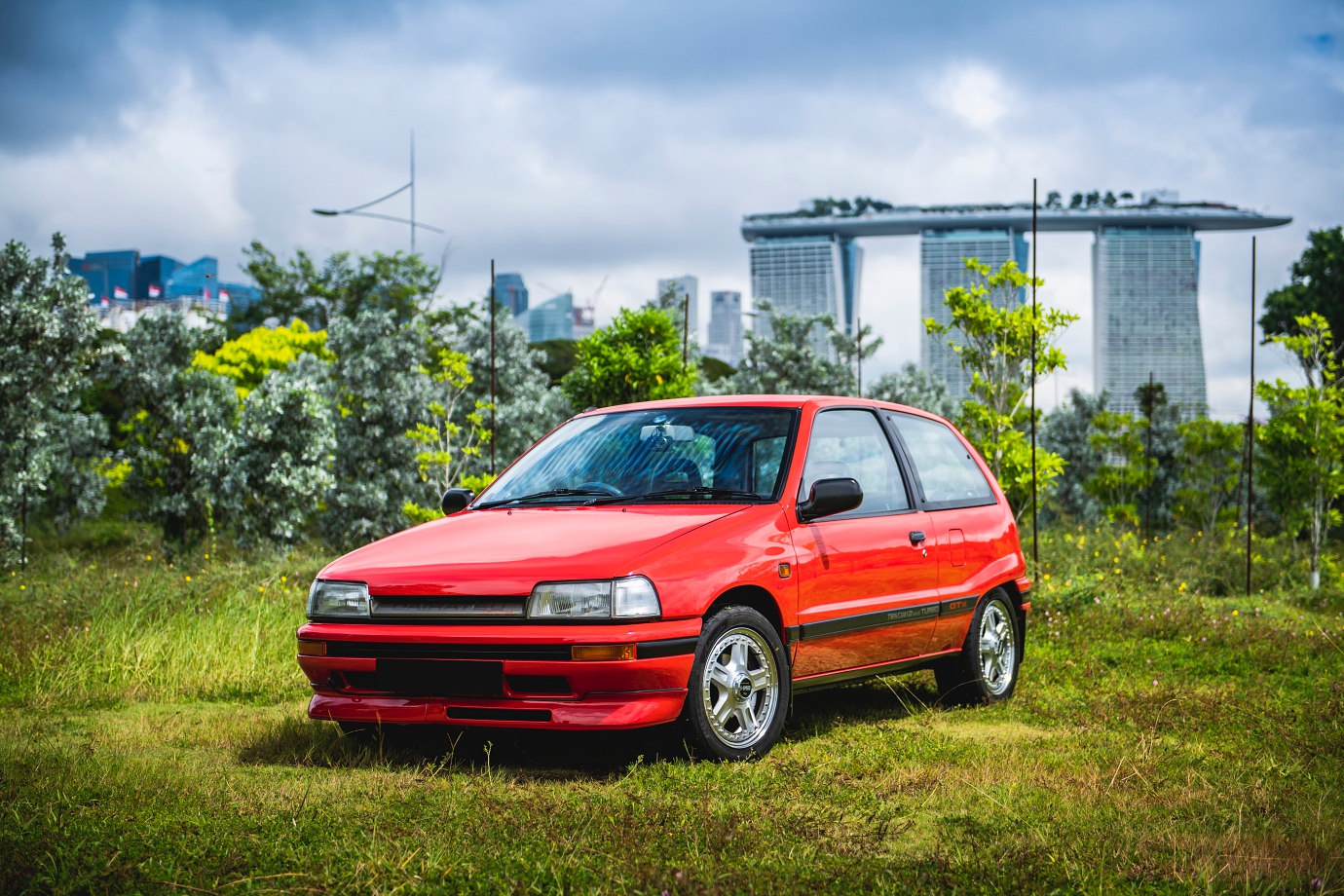
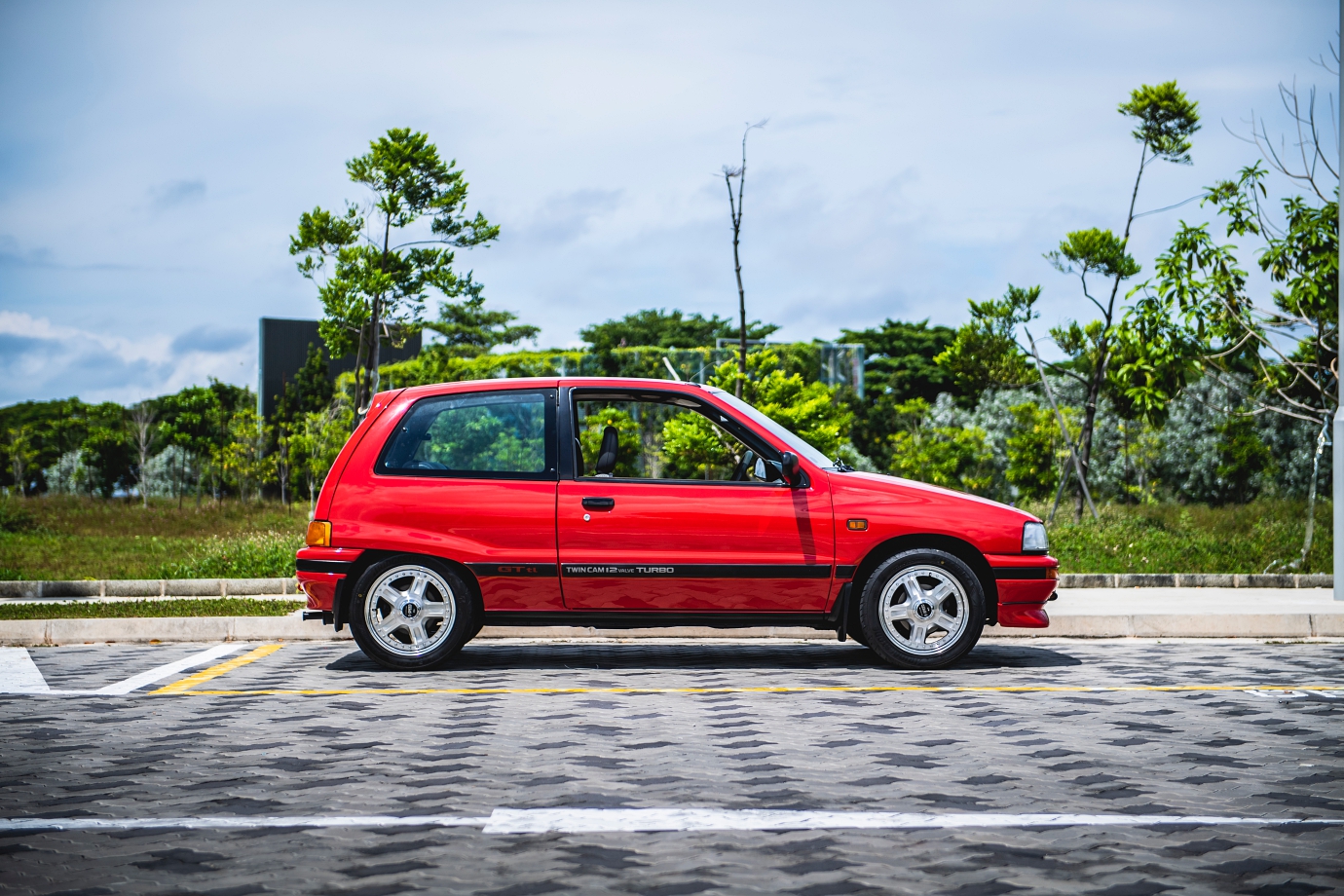
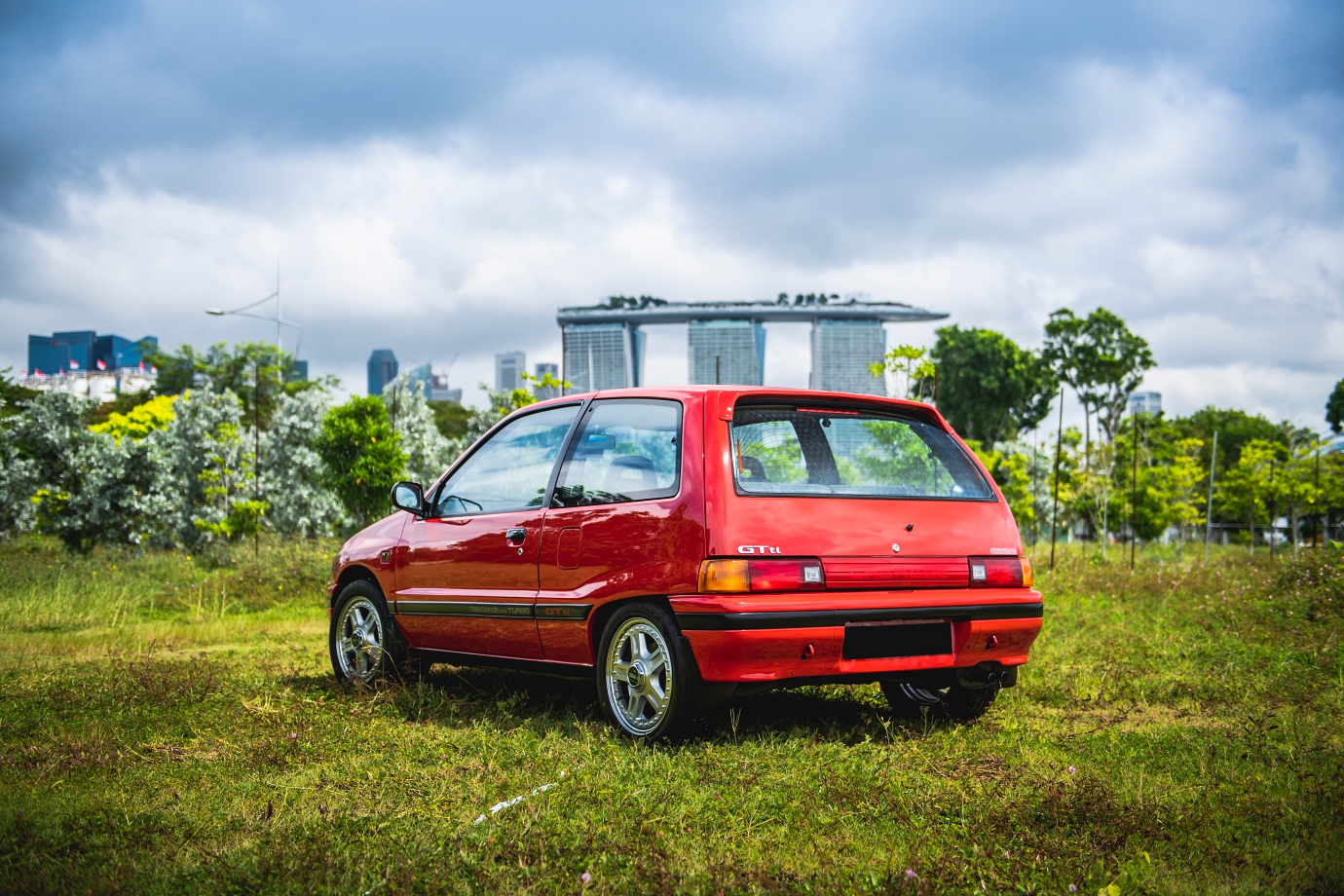
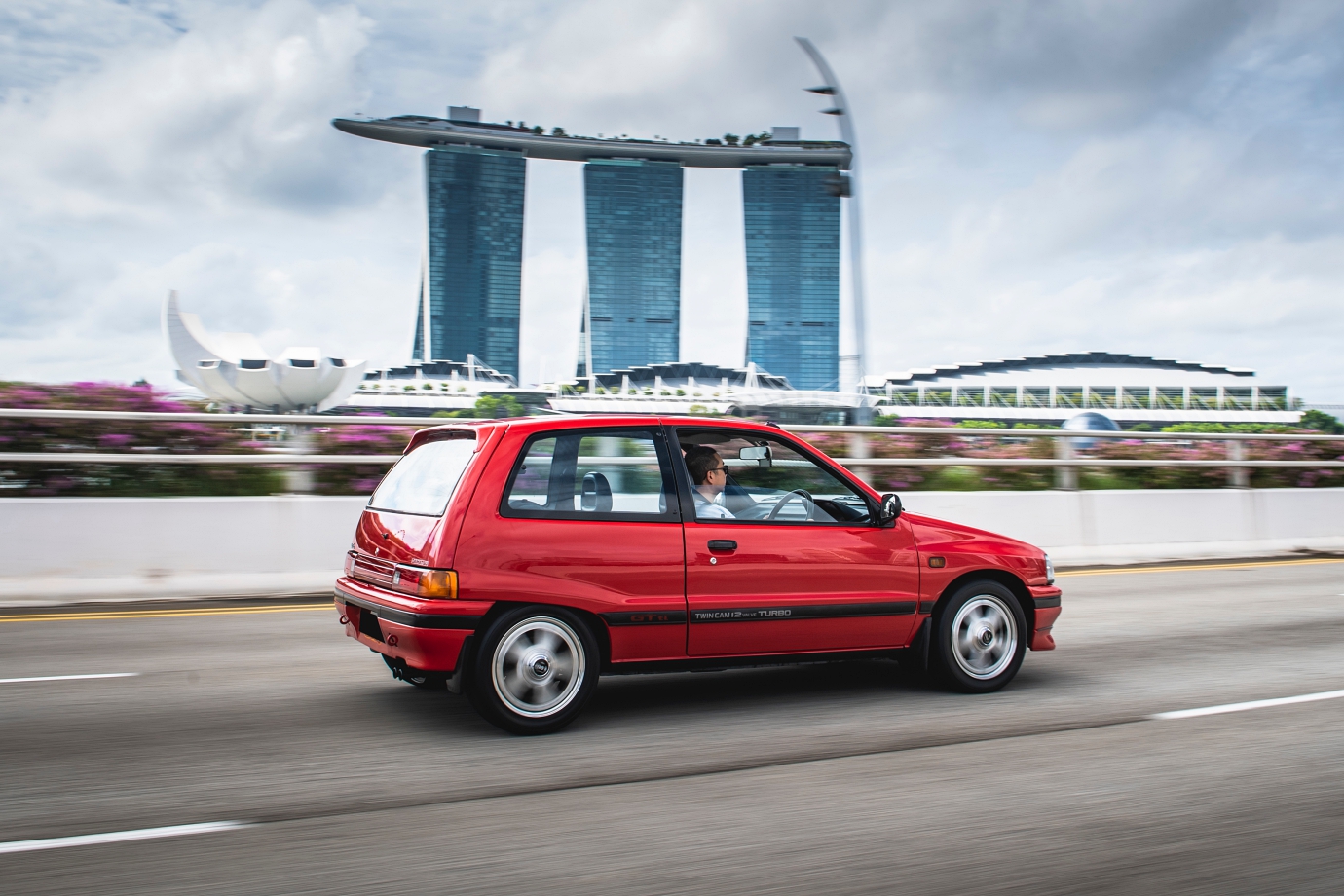
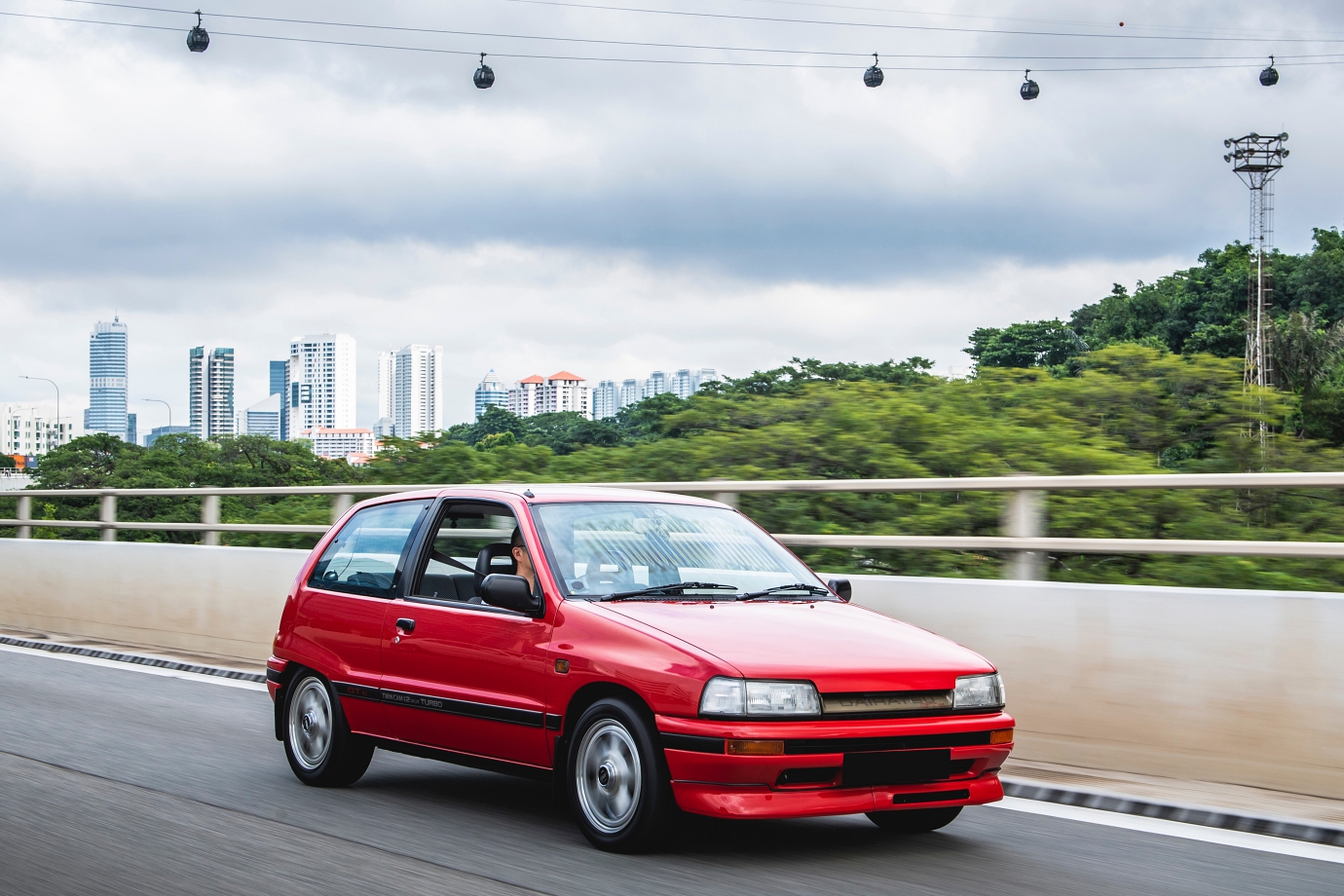
Daihatsu Charade GTti
From Audi, BMW and MINI, many of today’s Conti compact city-cars are powered by turbocharged 3cylinder engines, which is why we decided to pull out a peppy predecessor to this renaissance – a 1989 Daihatsu Charade GTti.
Don’t mistake this for the first-time driver’s favourite (or least-favourite grand-aunt’s) econo-hatch – that’s the Charade CX.
If anything, the feisty GTti was a seminal hot-hatch of the era that was slam-dunking 100hp/litre hoops and pushing out an impressive 122hp/tonne against the likes of the Suzuki Swift GTI, Peugeot 205 GTI 1.6, Renault 5 GT Turbo and Honda Civic SiR EF9.
Folks are more familiar with the GTti’s other (and more obvious) cult classic contemporaries, but it was this low-key, stealthy aspect that endeared the ‘ambush special’ to its many fans, ourselves included.
We’d heard stories of examples with double the stock car’s 0.6/0.7-bar boost habitually ambushing more powerful (and pricier) performance cars, and the GTti quickly built a reputation for being a spicy chilli padi that lived up to Yoda’s legendary adage, “size matters not”.
In fact, it wasn’t until we started sharing photos from the shoot on Instagram that we realised how popular the leftfield GTti was here, with many petrolheads having cut their teeth on the quirky, compact hot-hatchback.
Veteran racer, Ringo Chong tells us, “When the GTti first came to Singapore, I was very attracted to it as it was the most powerful 1.0-litre in the world. Seeing your pictures rekindled warm-fuzzy boy-racer memories from the 90s. I think we’ll have to wait for the new Toyota GR Yaris to relive that same pocket-rocket feeling again!”
Juzz for Cars owner, Amos Mok, went through two GTtis. “It was my first encounter with a turbocharged engine and we were blown away by how much oomph we could squeeze out from a stock 100hp 1.0-litre 3cyl, much like we blew away a Lancia Thema Turbo during Singapore’s inaugural carpark sprint race in the 1990s!”
Porsche Centre Singapore’s GM, Jason Lim (who is no stranger to performance machines) adds, “I loved my GTti, because it was a sleeper hit compared to the Swift GTI and Civic back in the day. People dismissed the 1.0-litre, but the turbo ‘woah!’ and the looks received when it trumped more expensive machinery were priceless!”
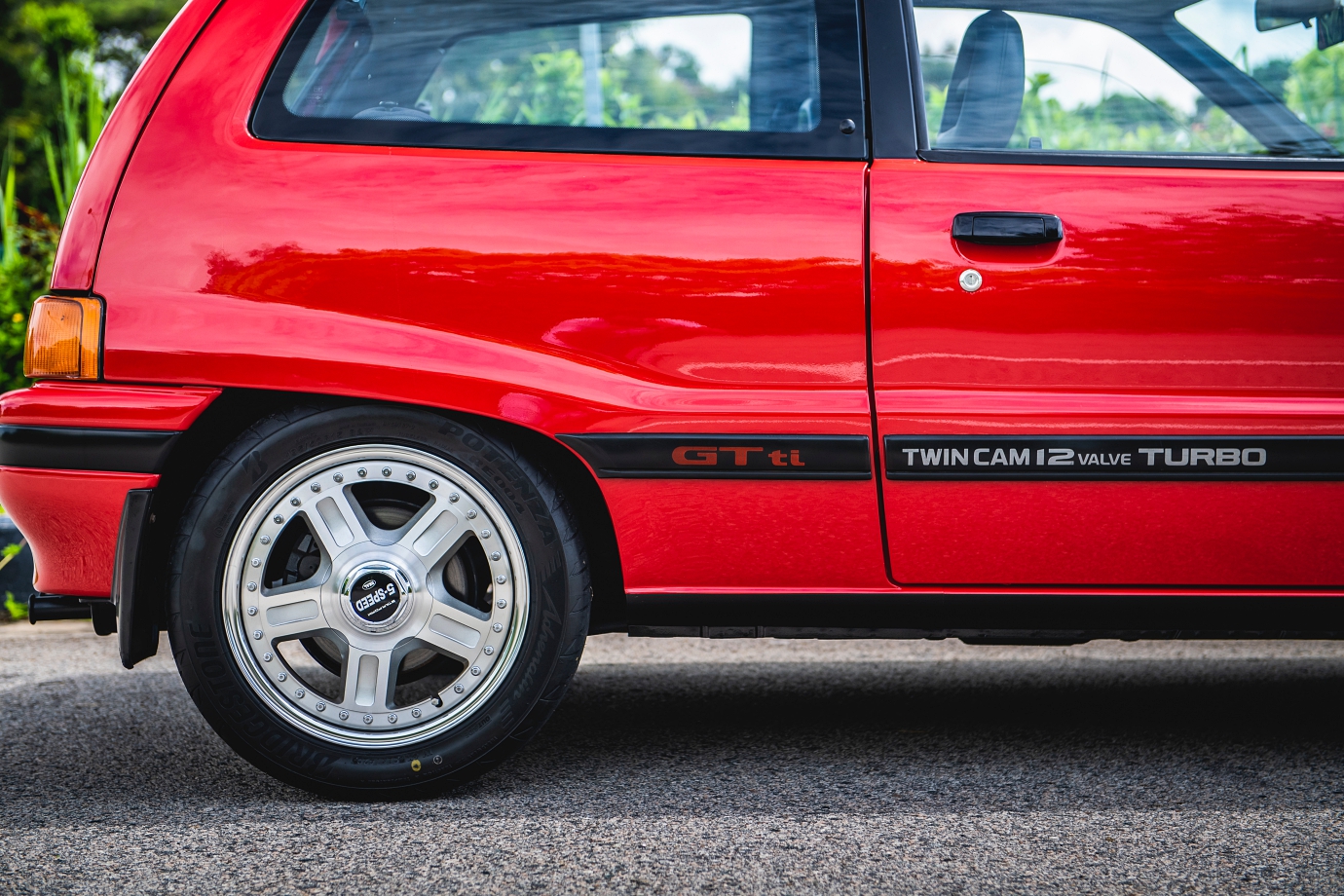
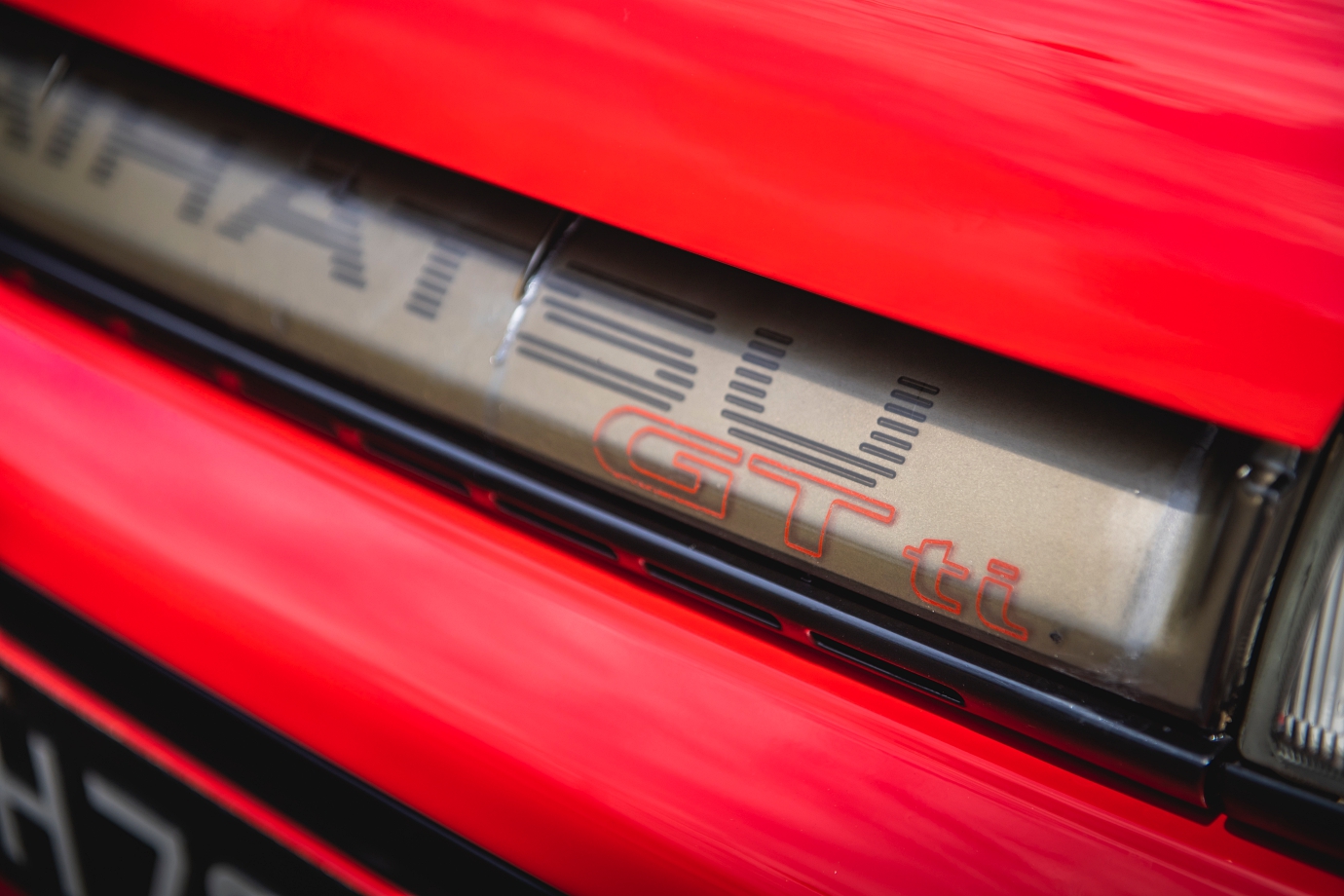
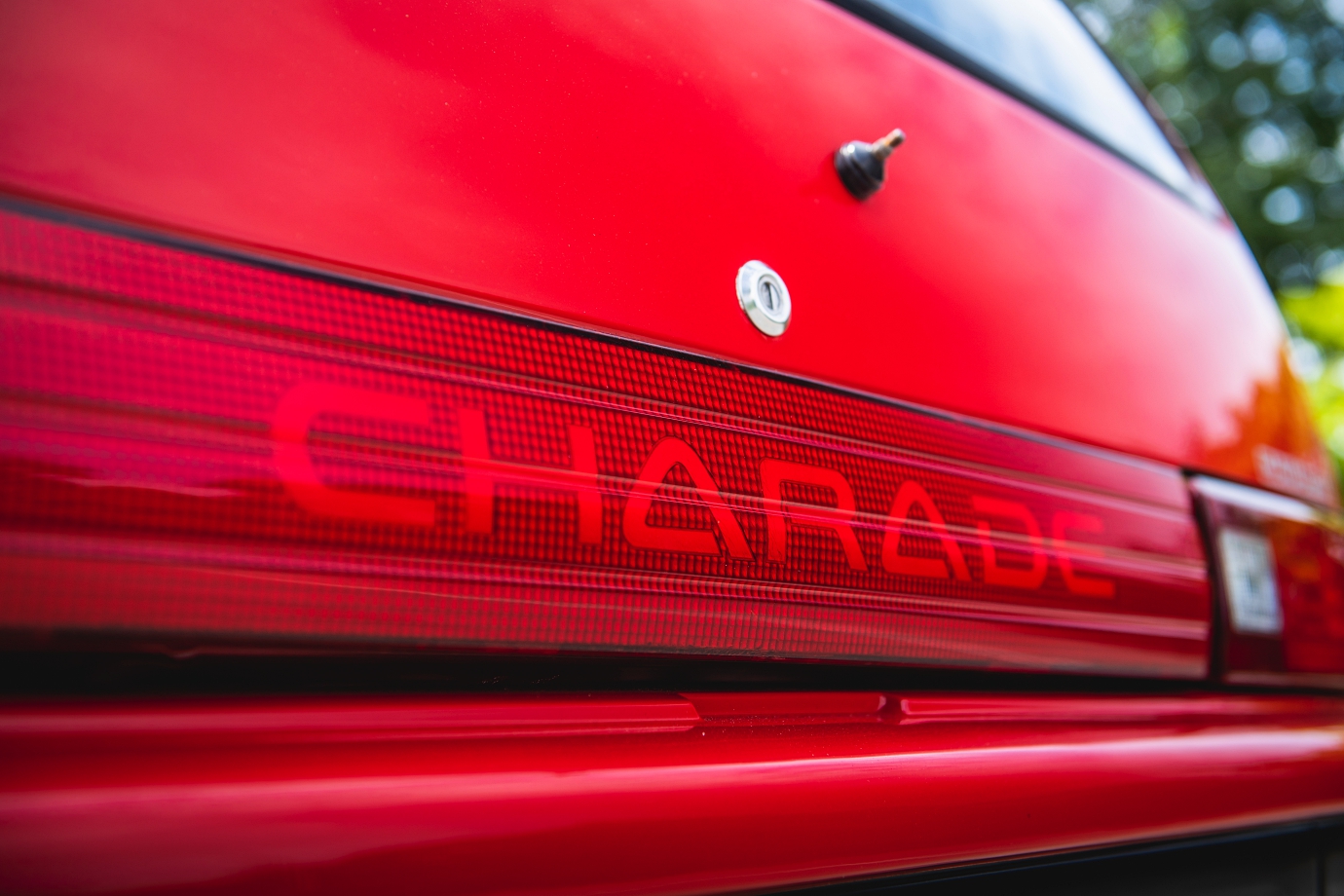
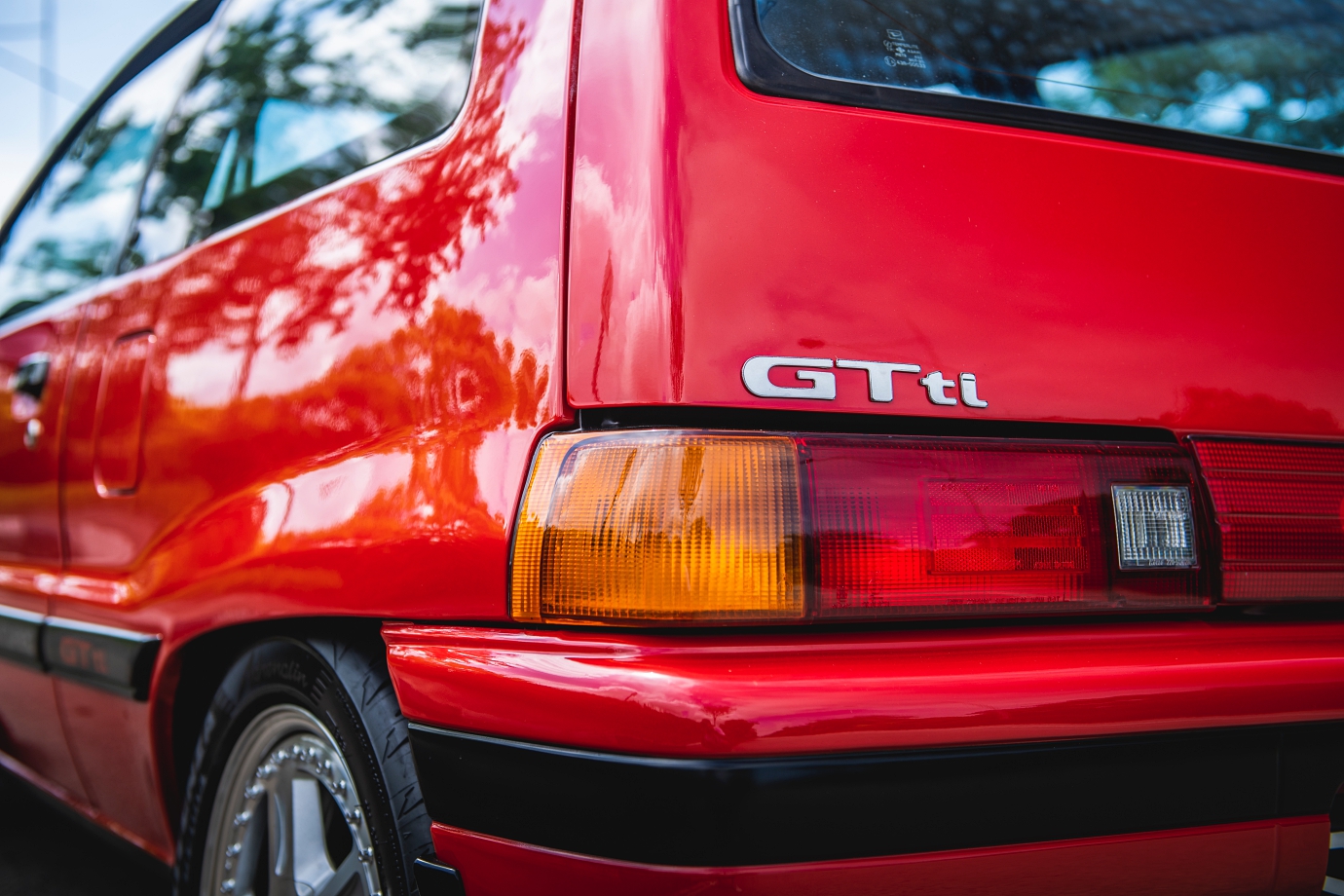
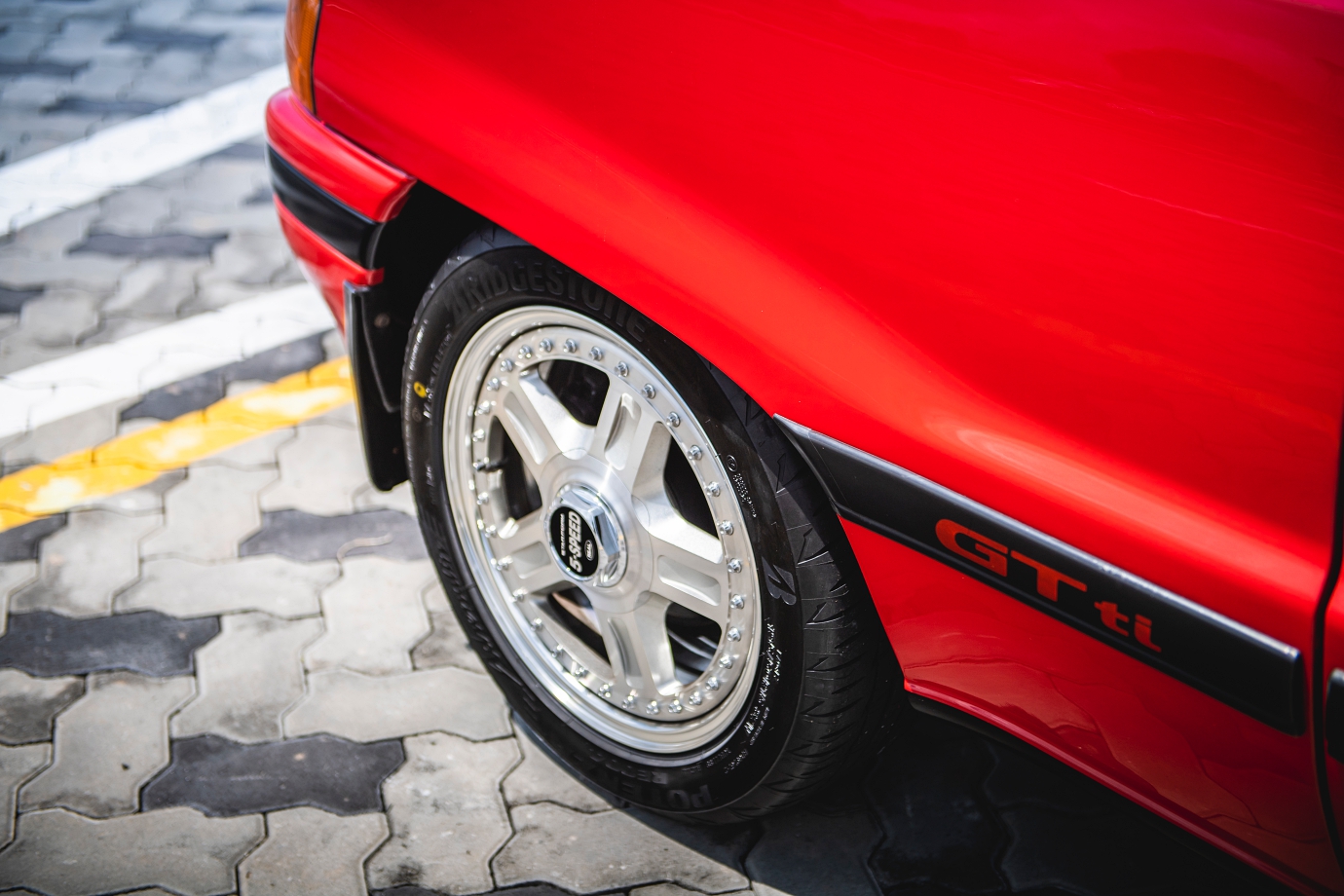
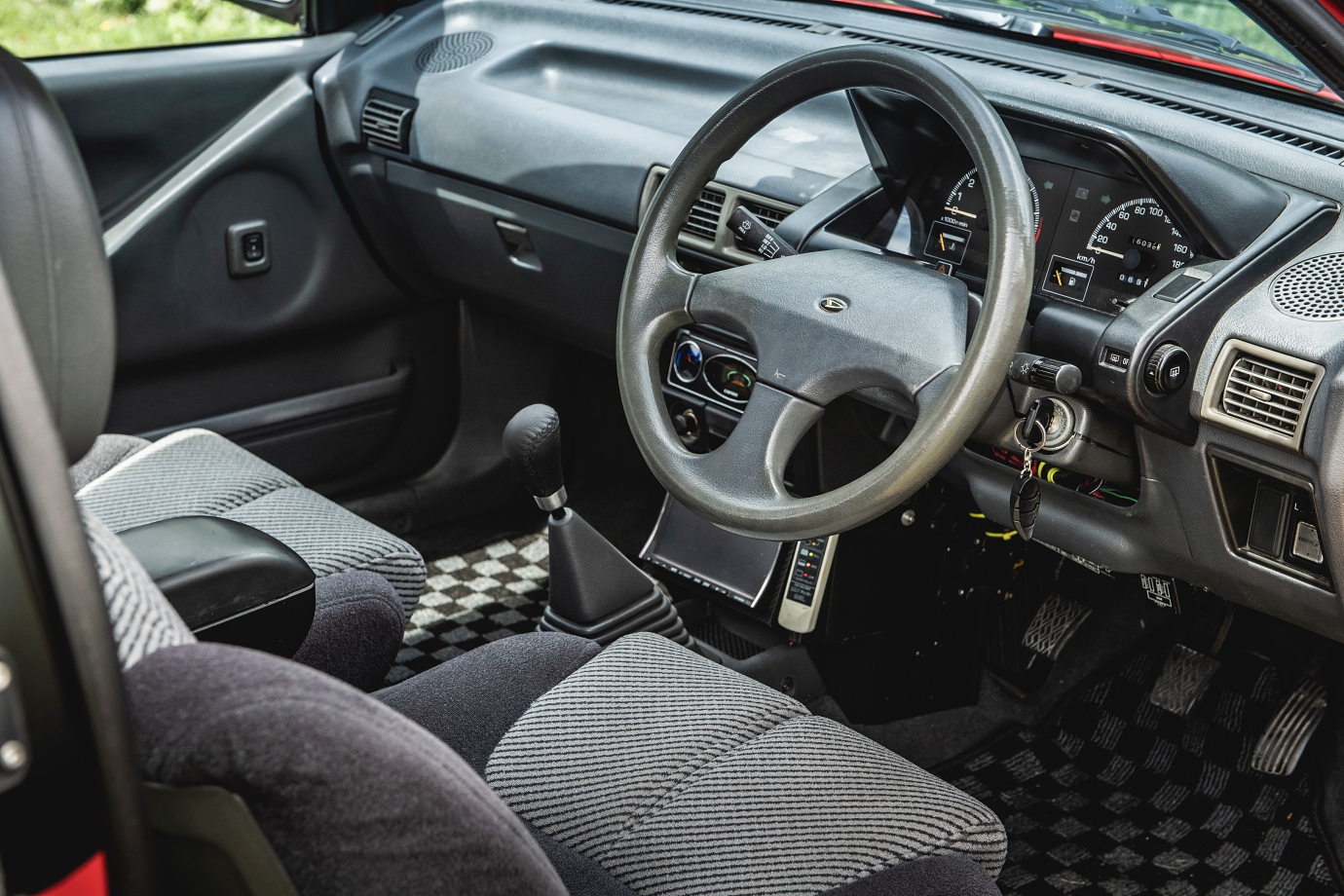
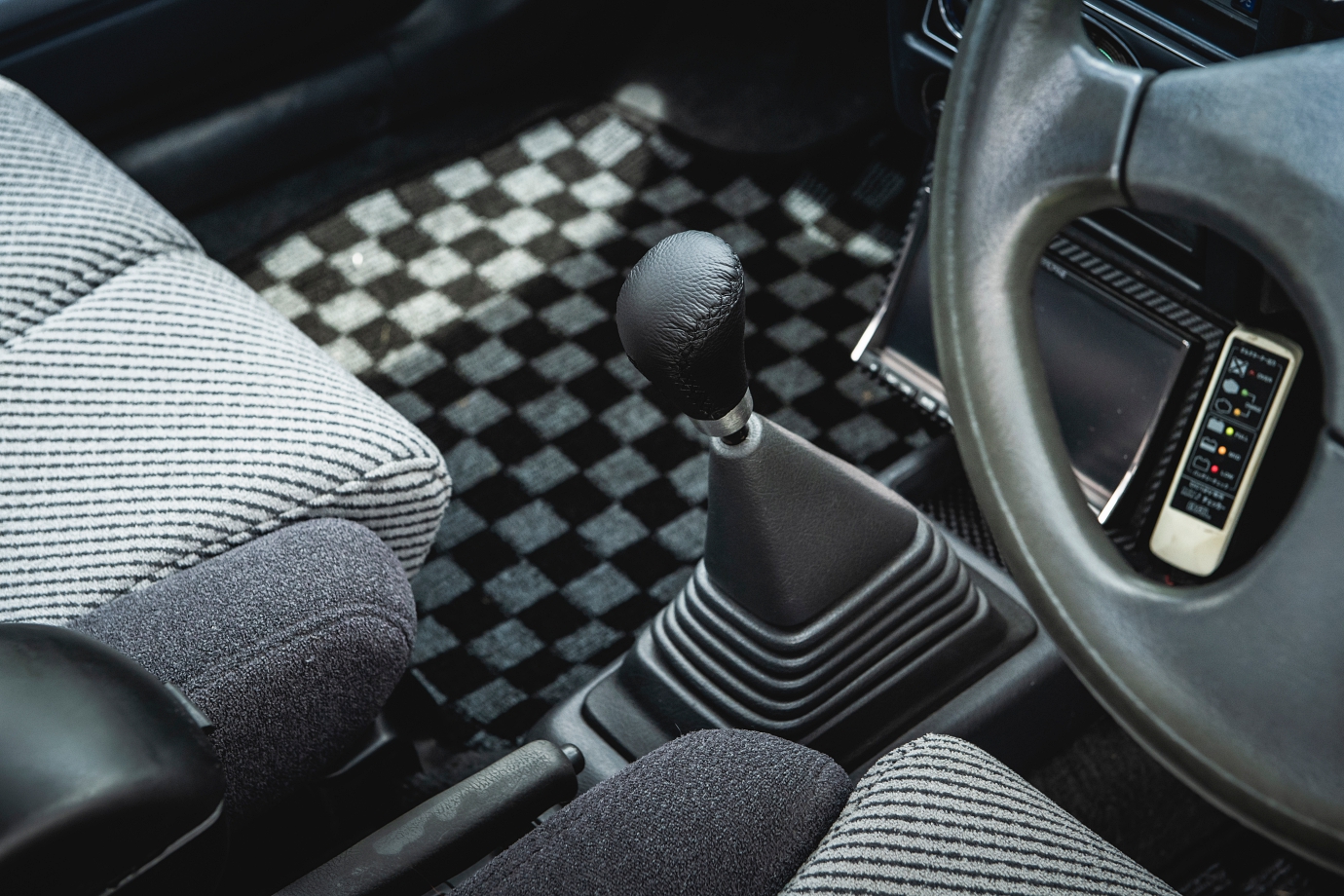
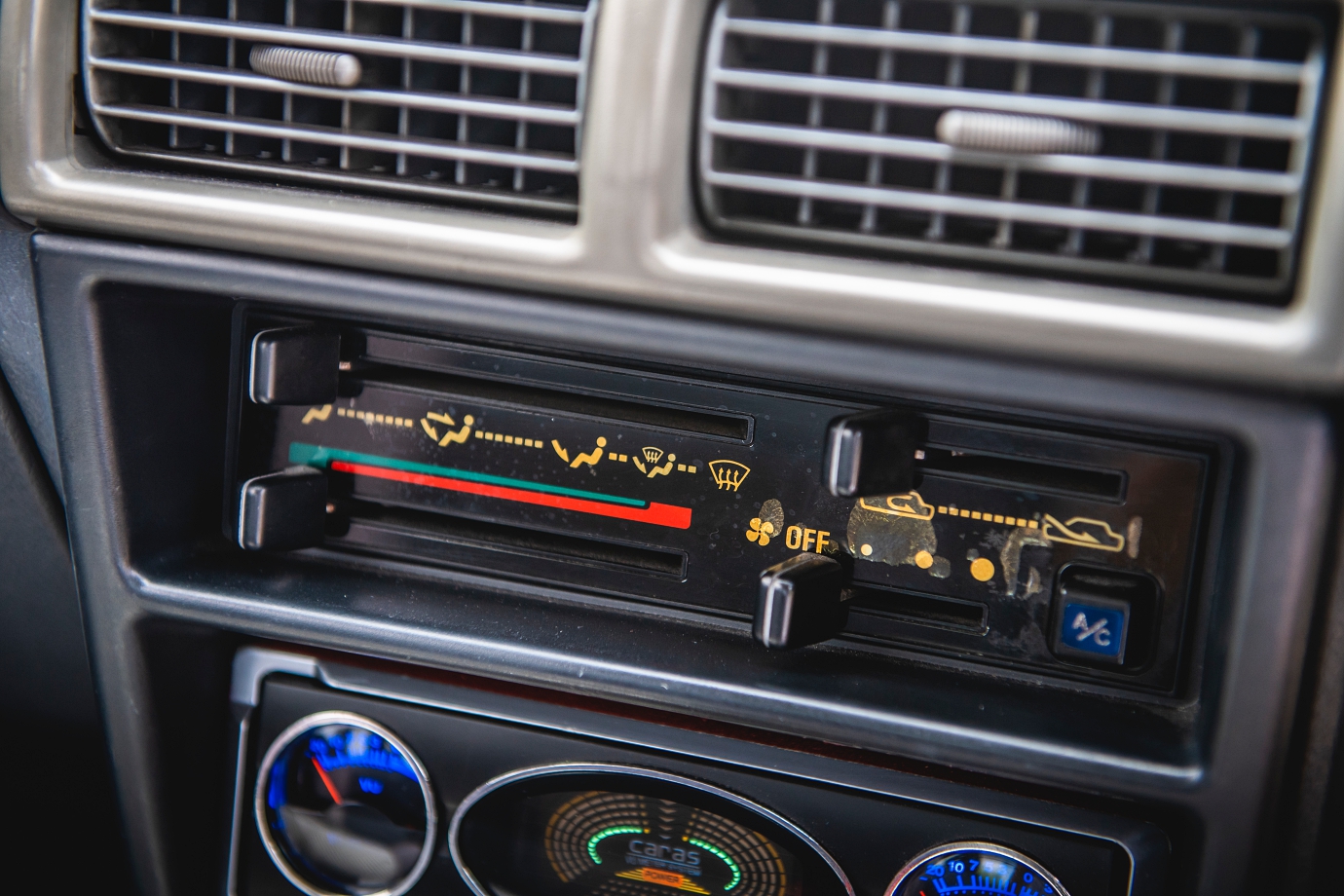
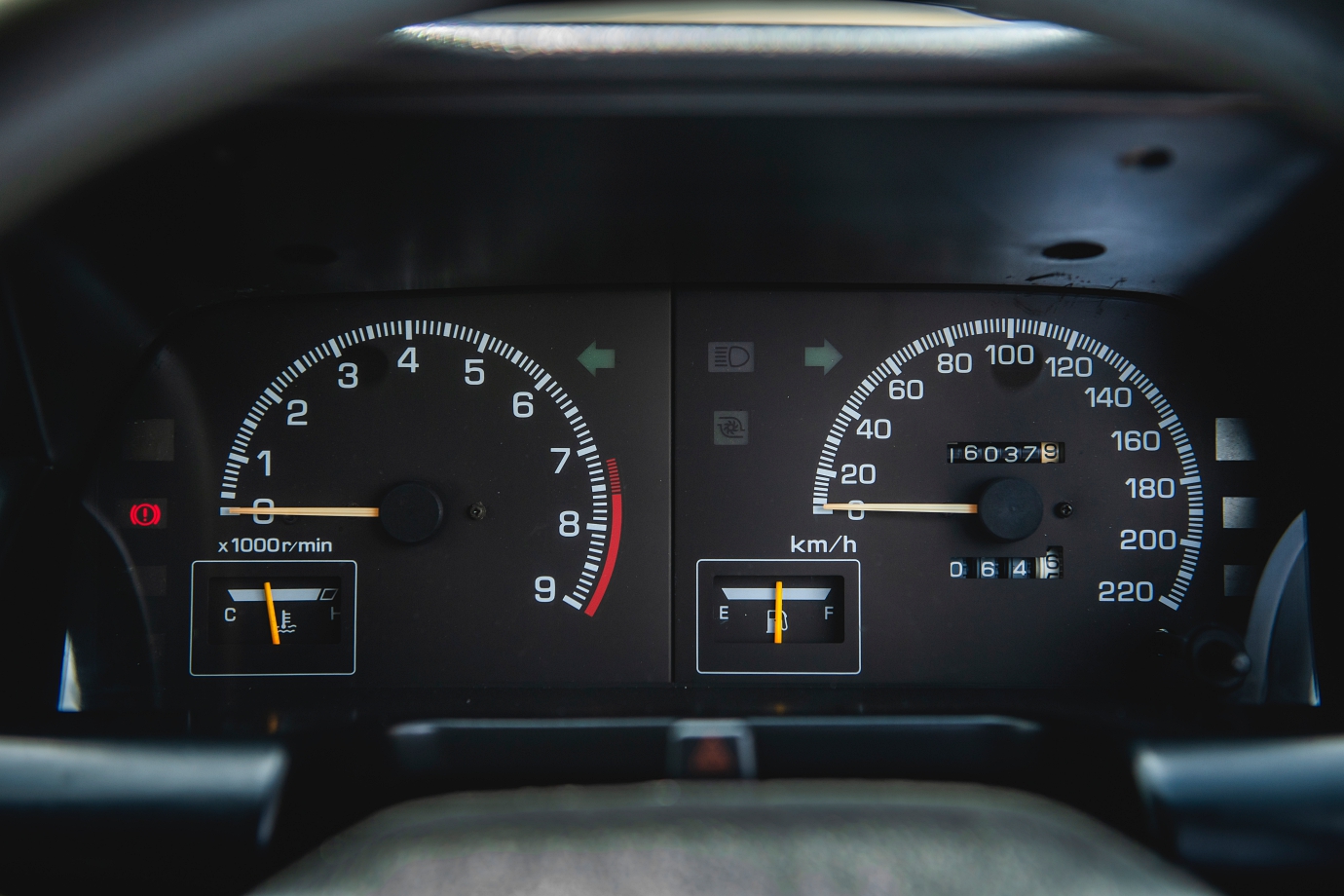
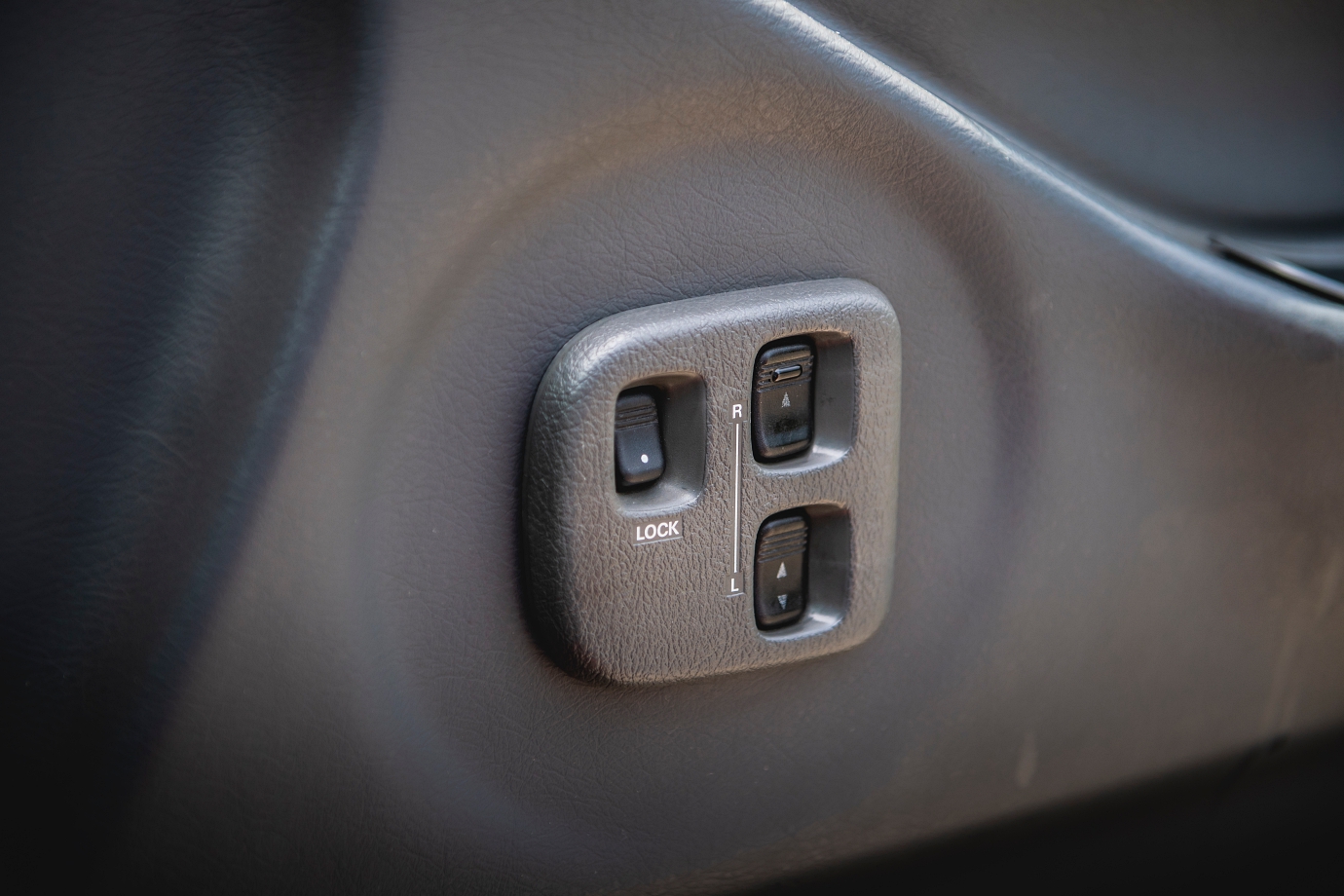
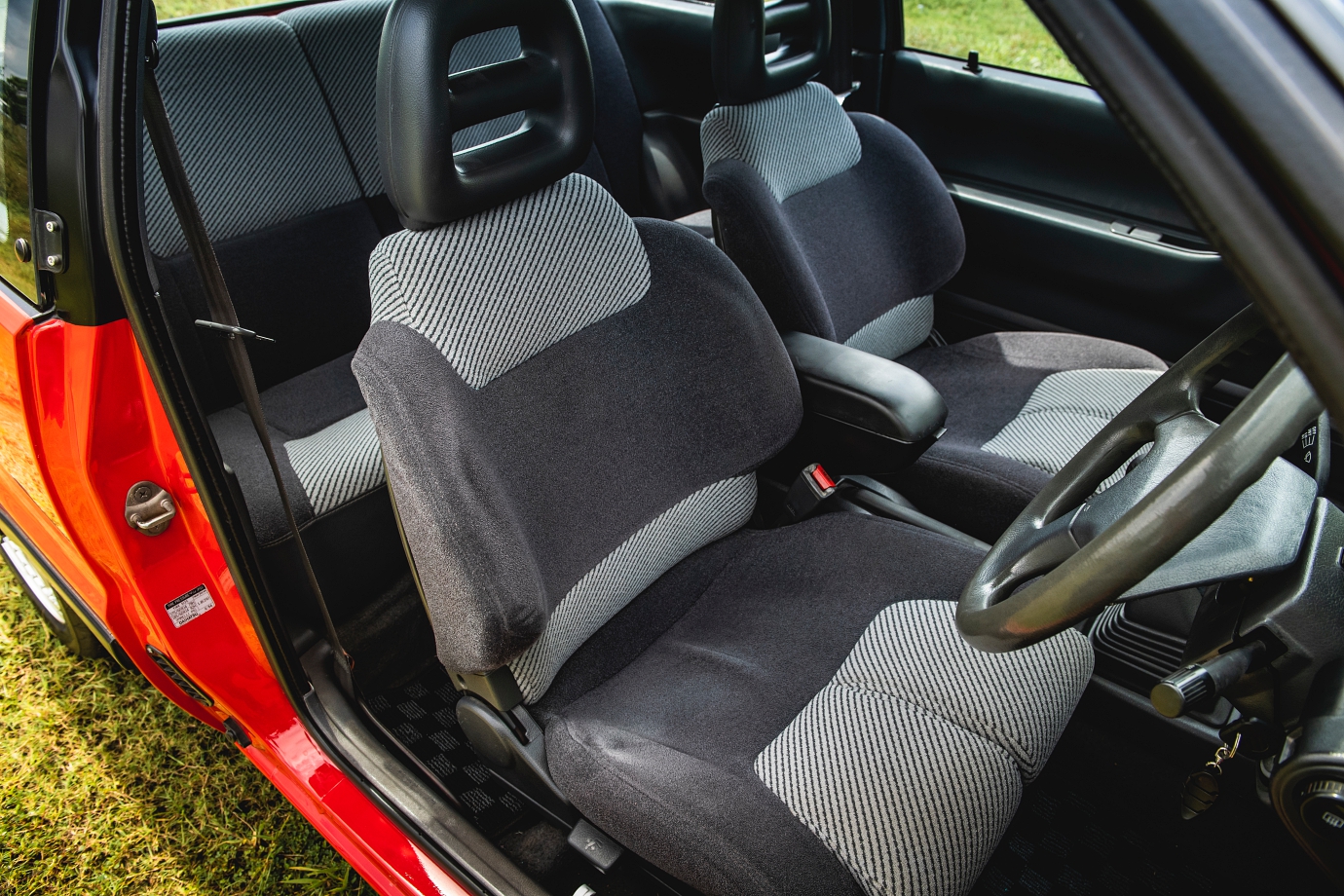
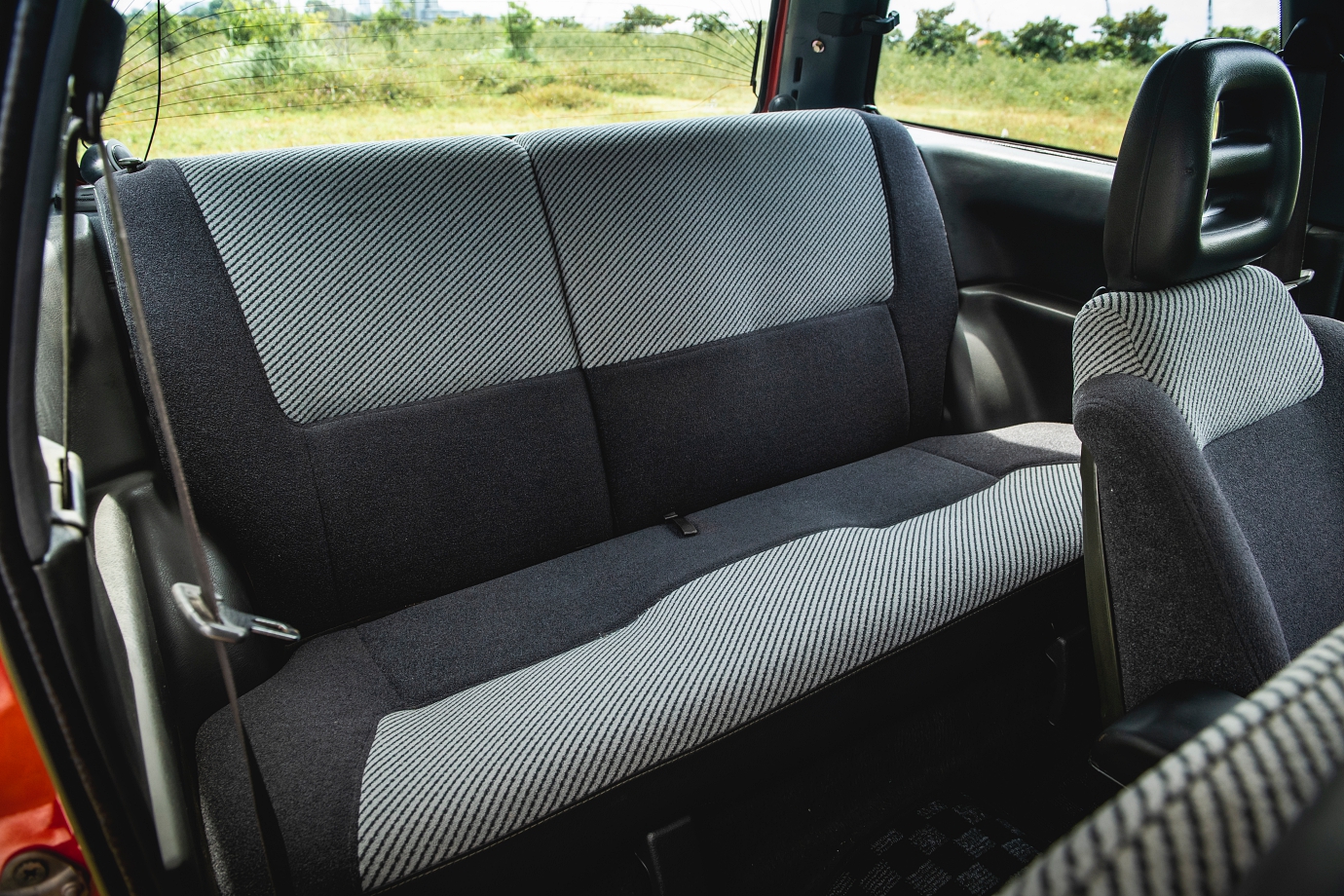
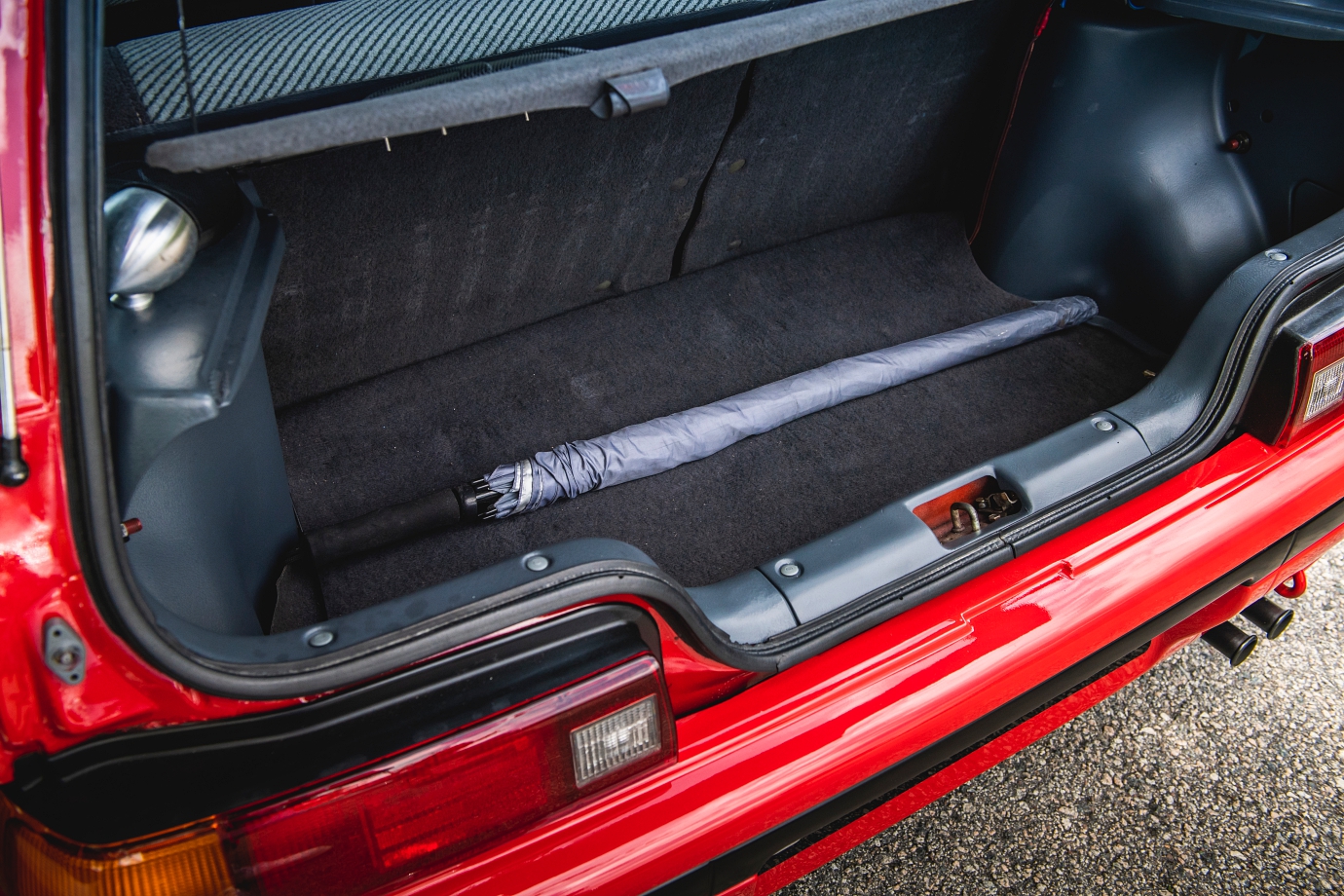
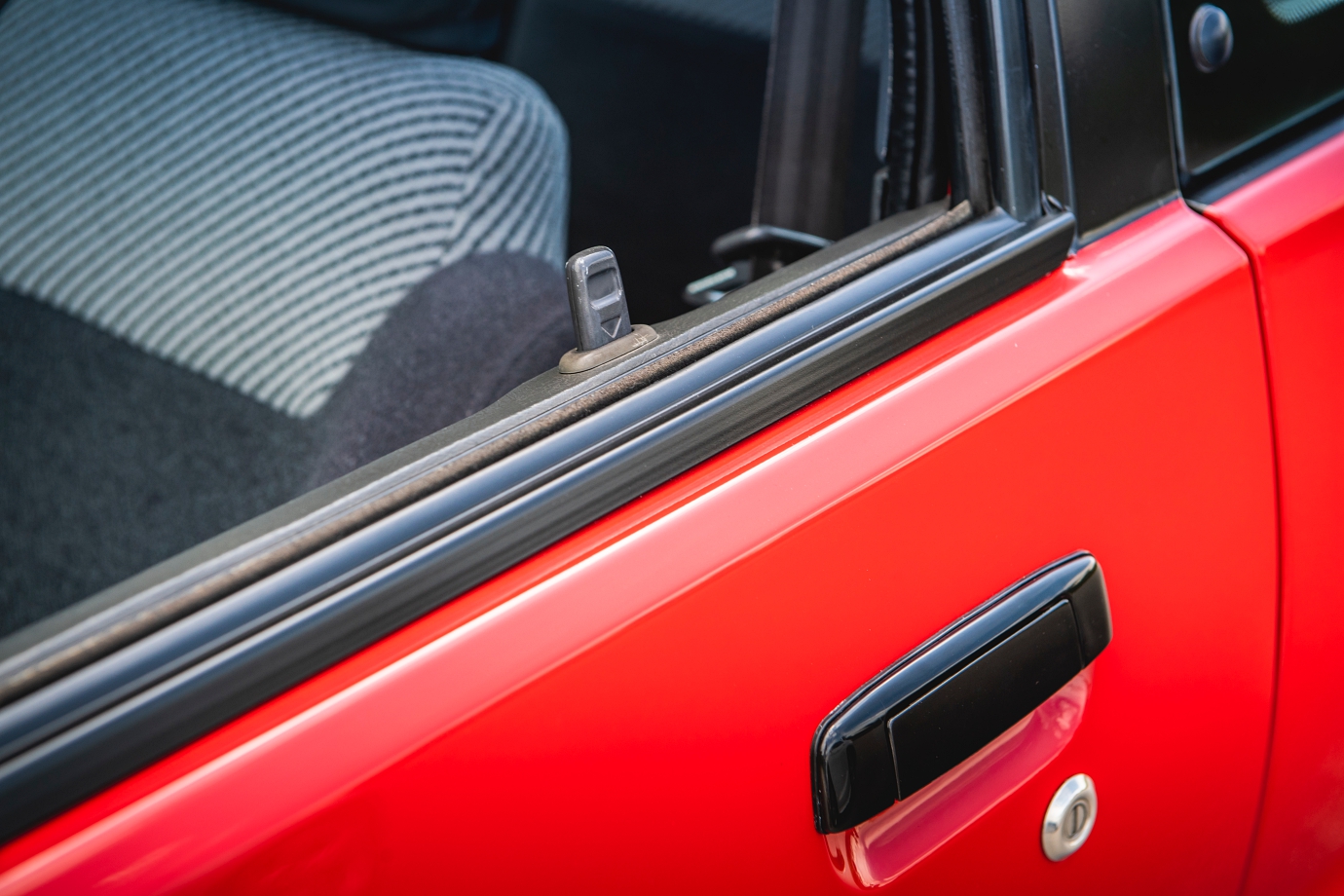
For us, stock 14-inch alloys would have better suited this retro hero. The pocket rocket flies the flags of its ‘GTti’ credentials proudly, with appropriate badging on its flanks, pert rump and front ‘grille’.
This red GTti isn’t a garage queen and sees regular use, but what’s amazing is how pristine and firmly padded the seats feel, and as you fire it up and turn a wheel in anger, you’re reminded of how fabulous it is to be in something as fizzy and mechanical as the little Daihatsu.
Despite its diminutive 3610 x 1615 x 1385mm (LxBxH) dimensions and 2340mm wheelbase, the cabin is a master class in Japanese interior packaging, no doubt thanks to Daihatsu’s experience in creating even smaller but big-on-utility kei-class micro-cars.
The Charade’s airy cabin and large glass area impart a sense of space but also remind you of how ‘dark’ modern interiors have become.
Hustling the GTti quickly requires concentration and commitment, and you need to wean yourself off the stomp-and-spurt traits of modern turbocharged cars.
It’s not dissimilar to modern sports photography with cameras that have intelligent tracking and quick auto-focus abilities, versus classic manual focus rangefinders.
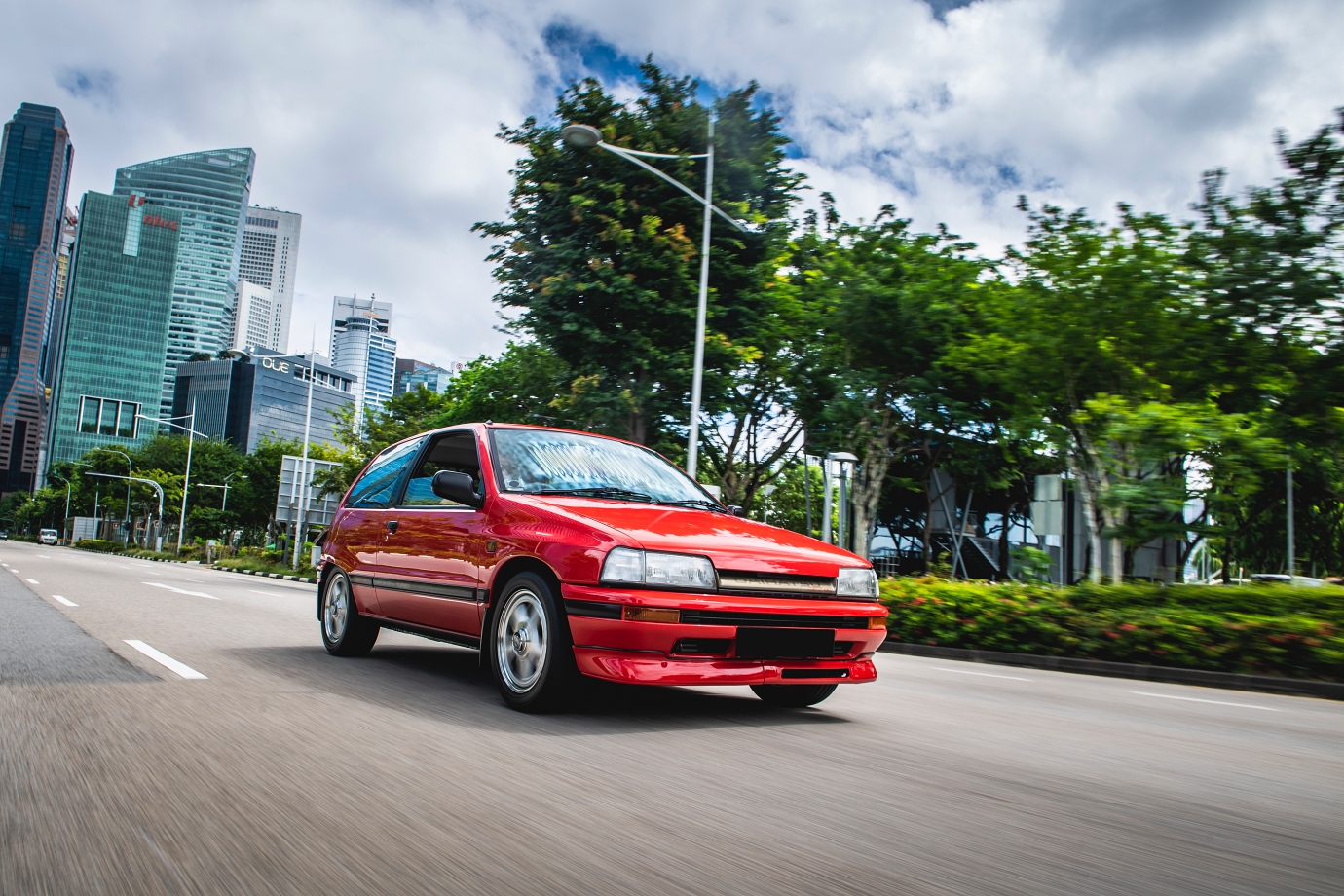
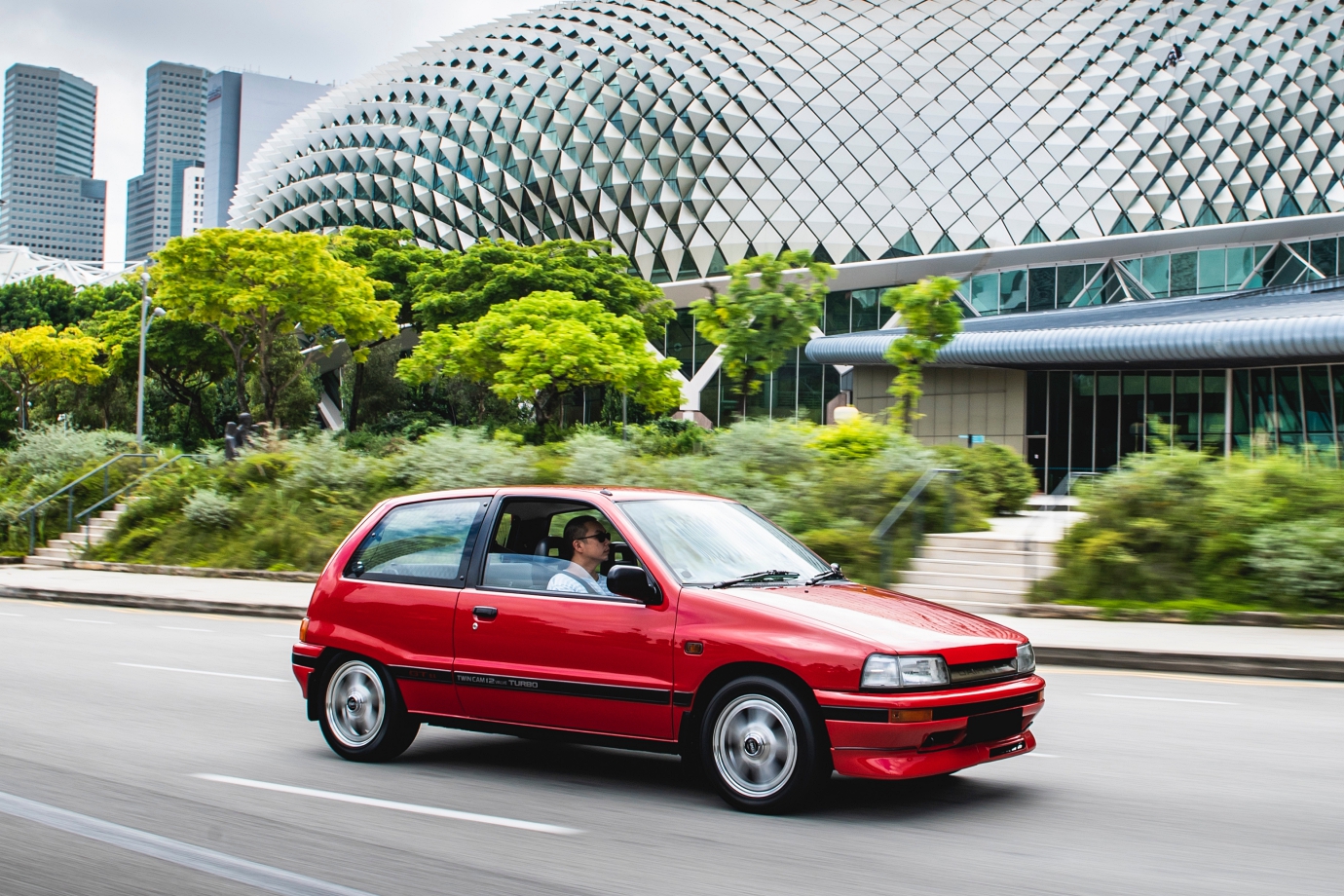
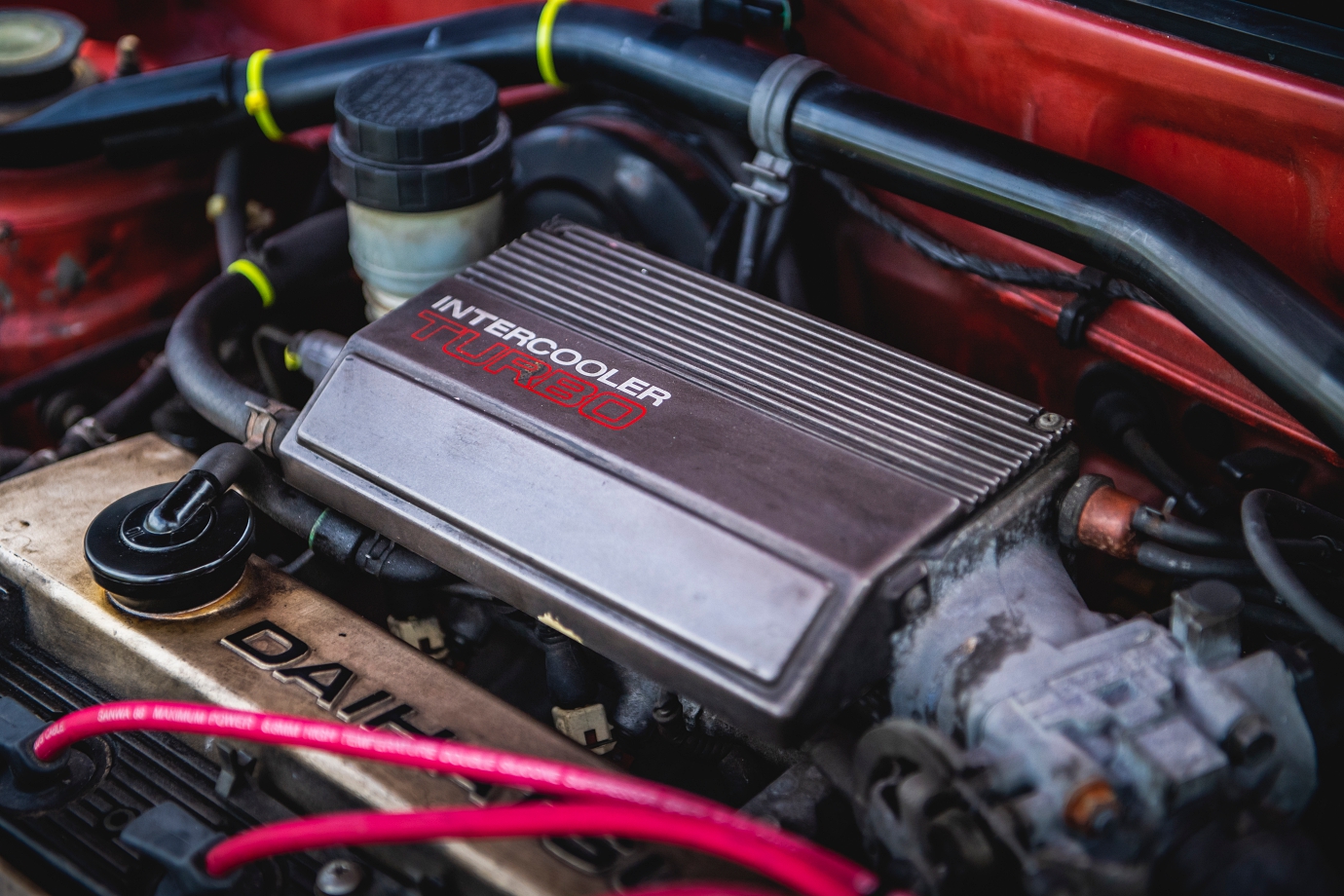
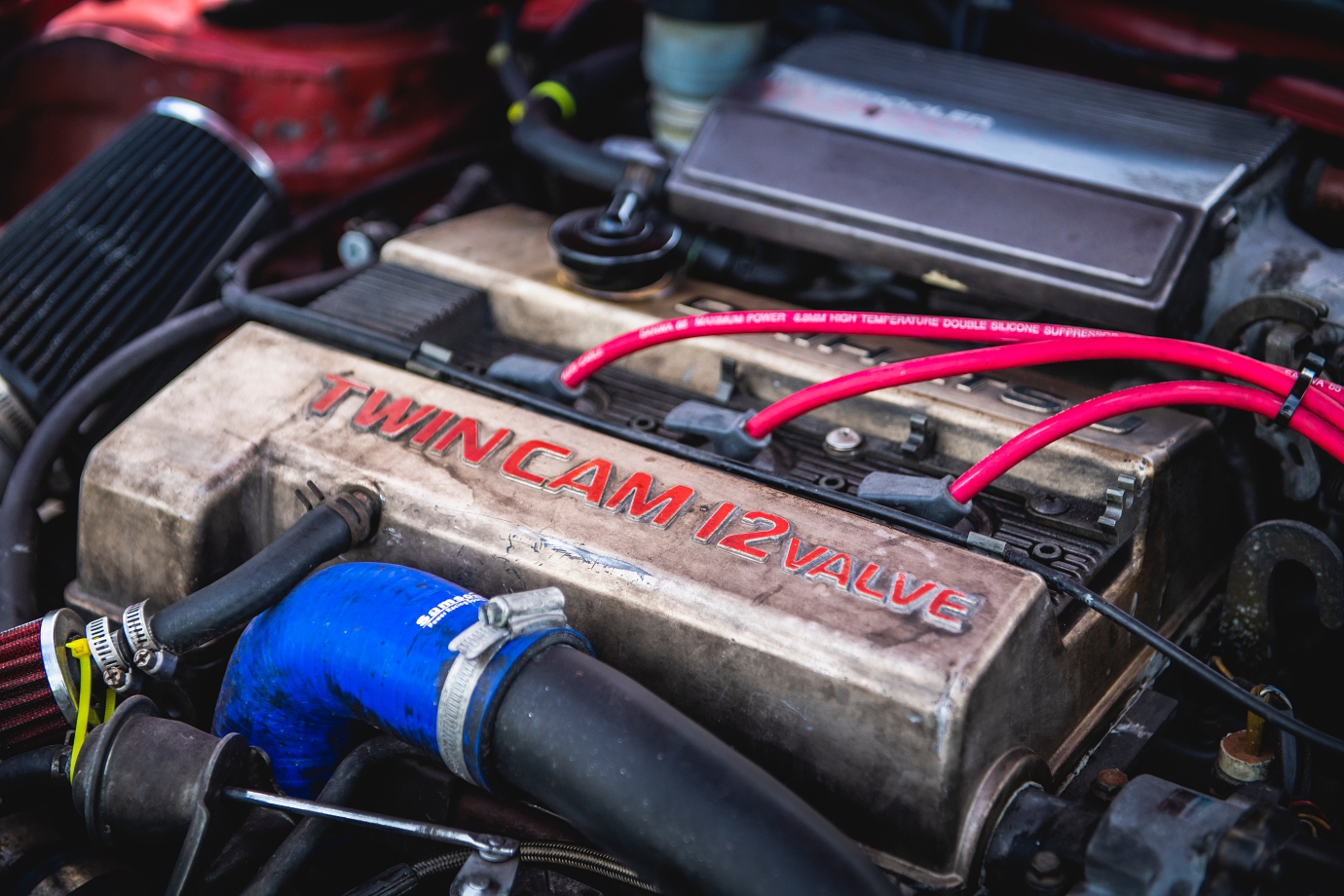
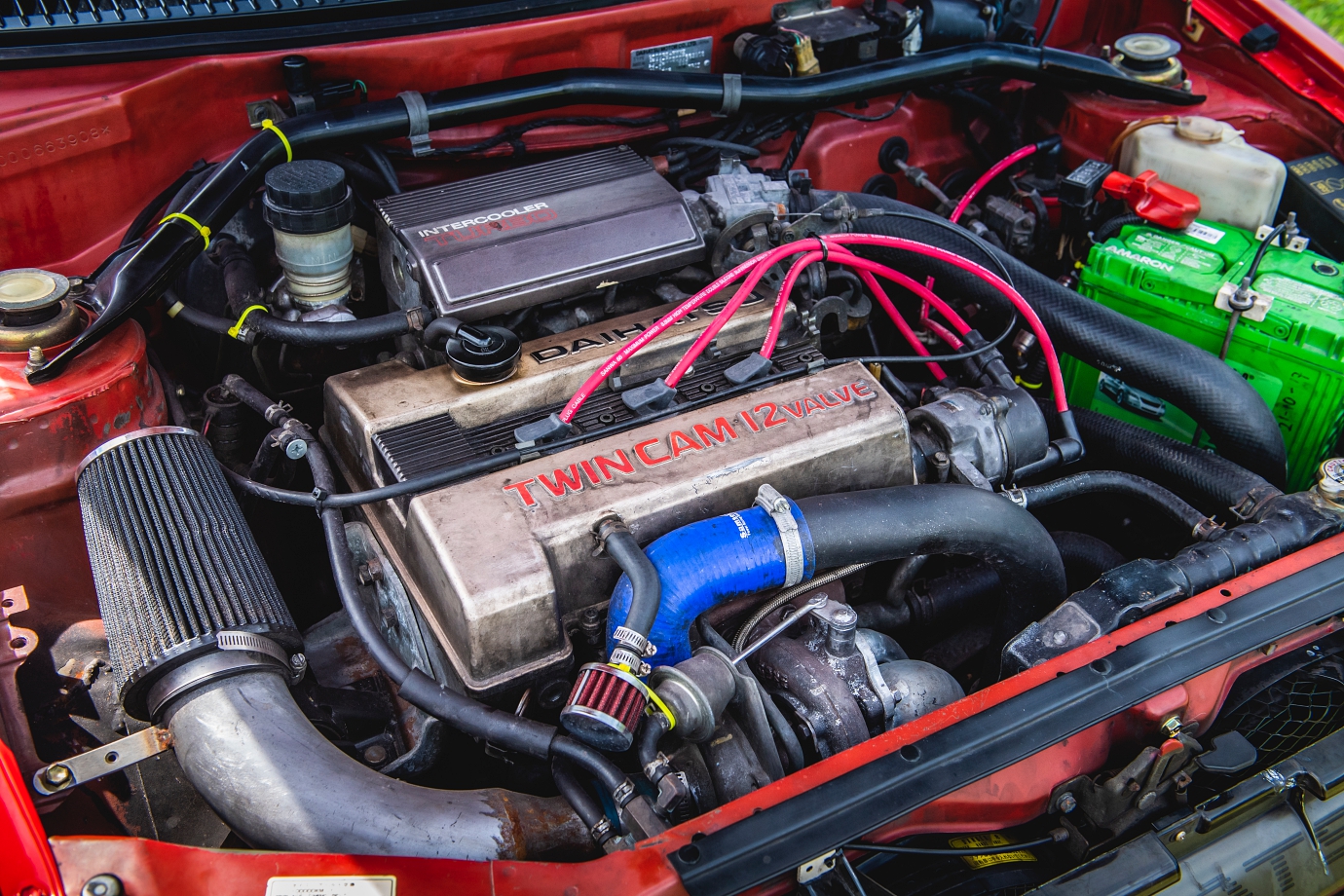
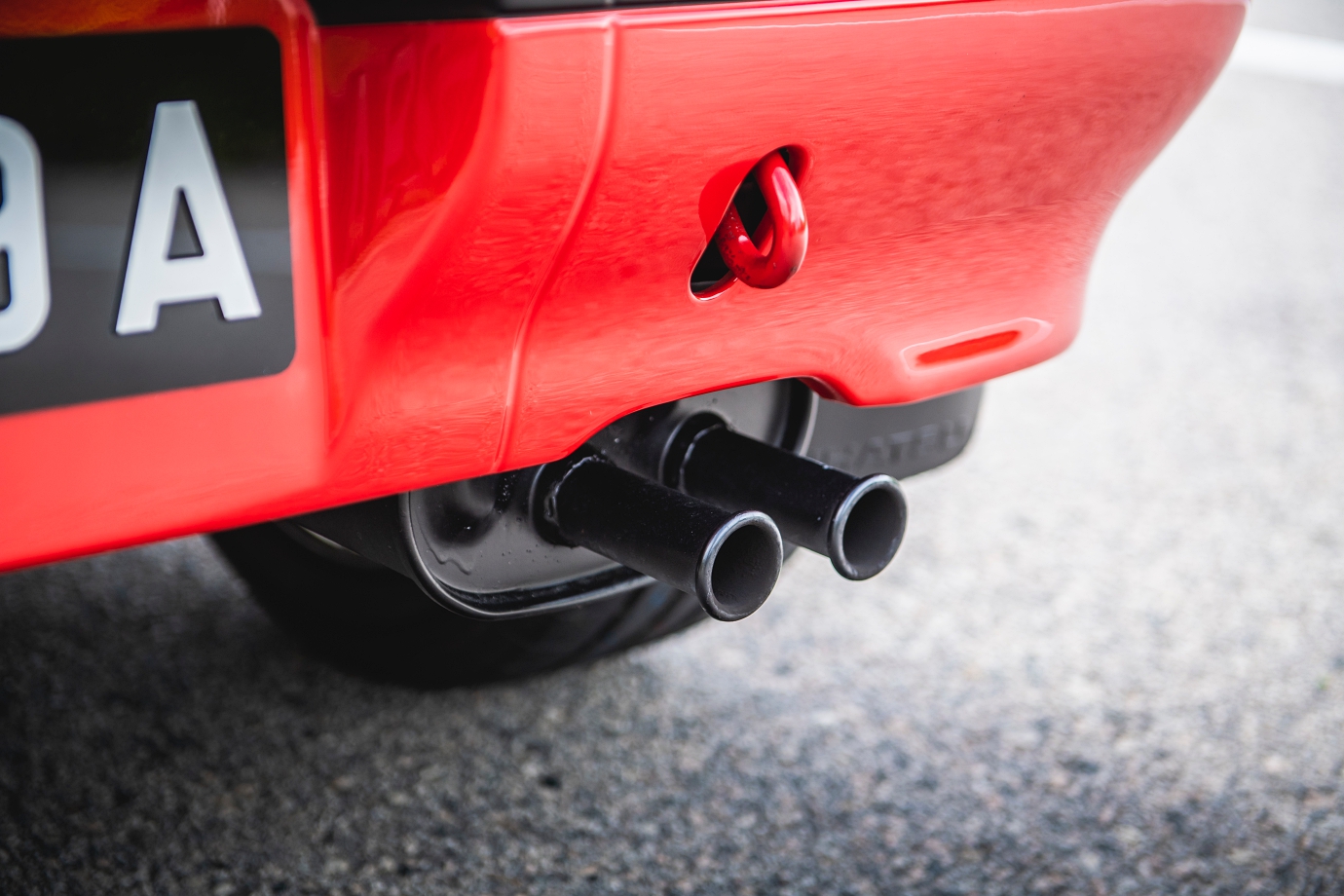
The GTti’s pace is brisk, not blistering, and there is no lag-free performance, electronic nannies, Internet connectivity or even power steering to drive you to distraction, just the groovy beat of its 3cyl soundtrack.
The only thing you’re driving is the car and you learn to keep the perky 3cyl in the rev-counter sweet-spot so the turbo won’t be caught flat-footed when it’s time to get a move on.
And it’s a real firecracker of an engine too and responds eagerly to revs, so it’s not unsurprising to find yourself stirring the wand-like gear-shifter to feel the magical build of boost as you work your way up and down the gears.
A lot of the GTti’s light-footedness is attributed to the 800+kg kerbweight, but the rest of the magic comes from the rally-derived twin-cam turbo’d 3cyl.
Wait, what? Yes, the engine in the GTti has proper motorsports pedigree and was initially conceived for Group B rally competition in the Daihatsu Charade DeTomaso 926R.
Unfortunately, it would never see any serious race exposure due to the cancellation of the series and would live on in this G100 chassis that was launched in the late 1980s.
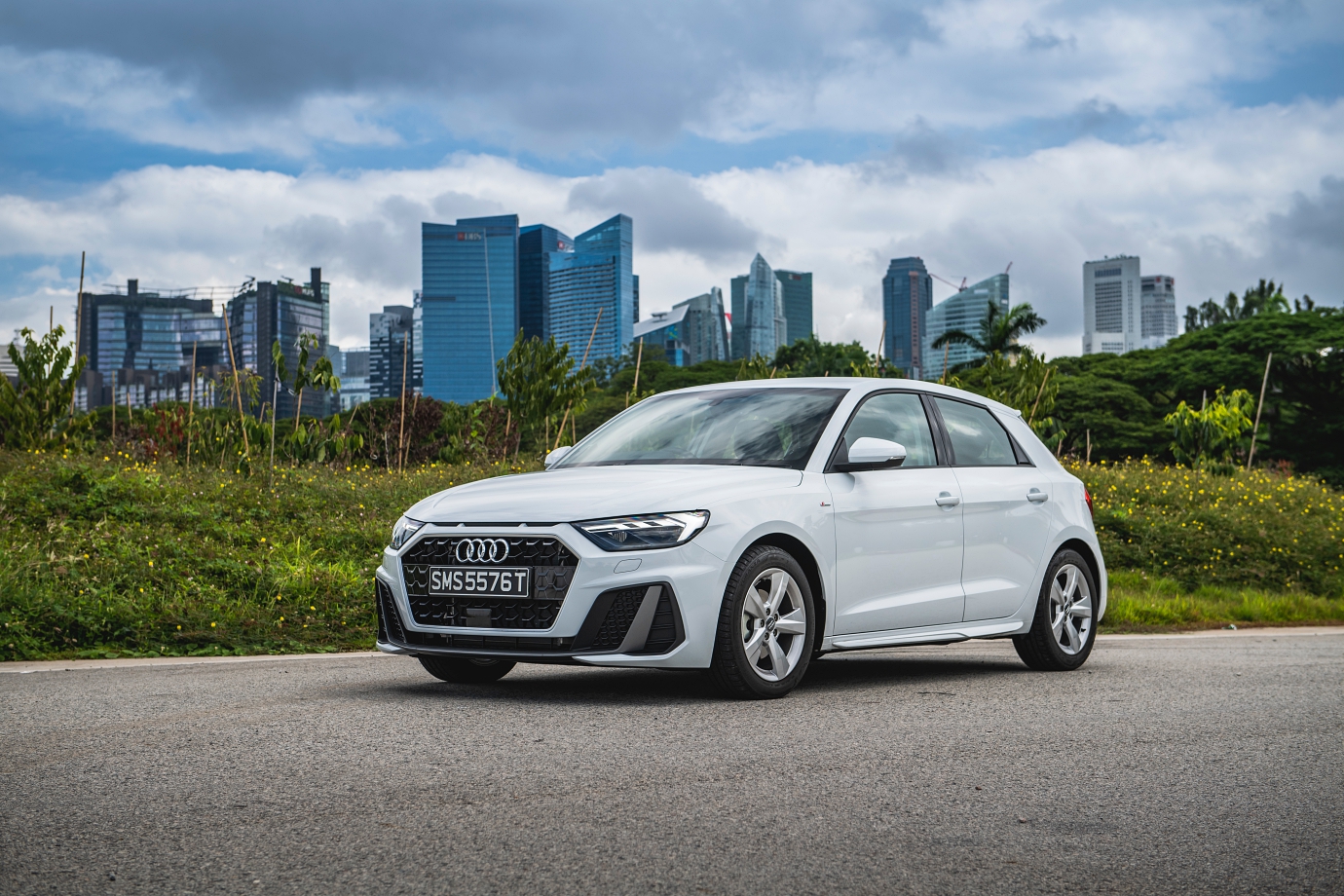
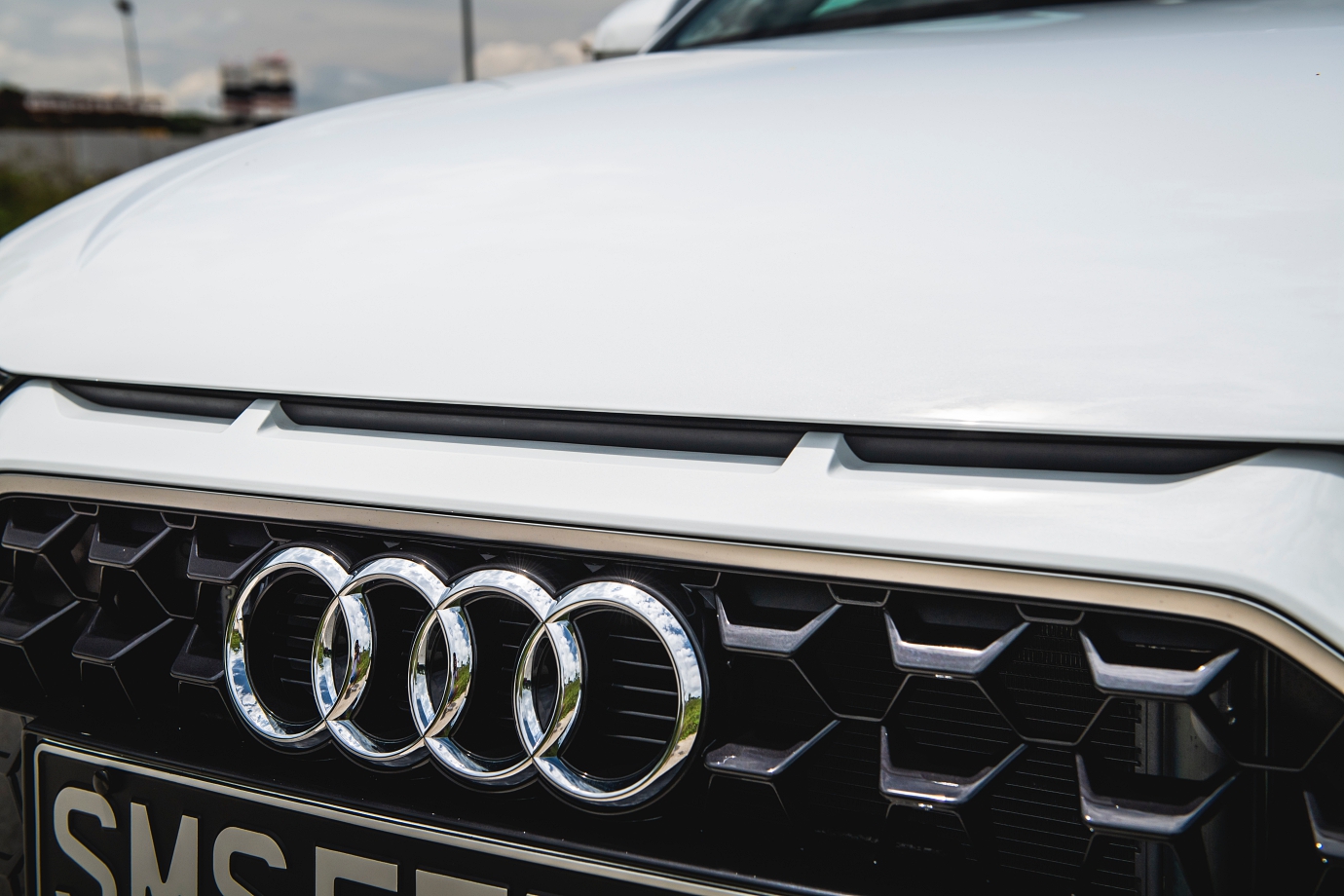
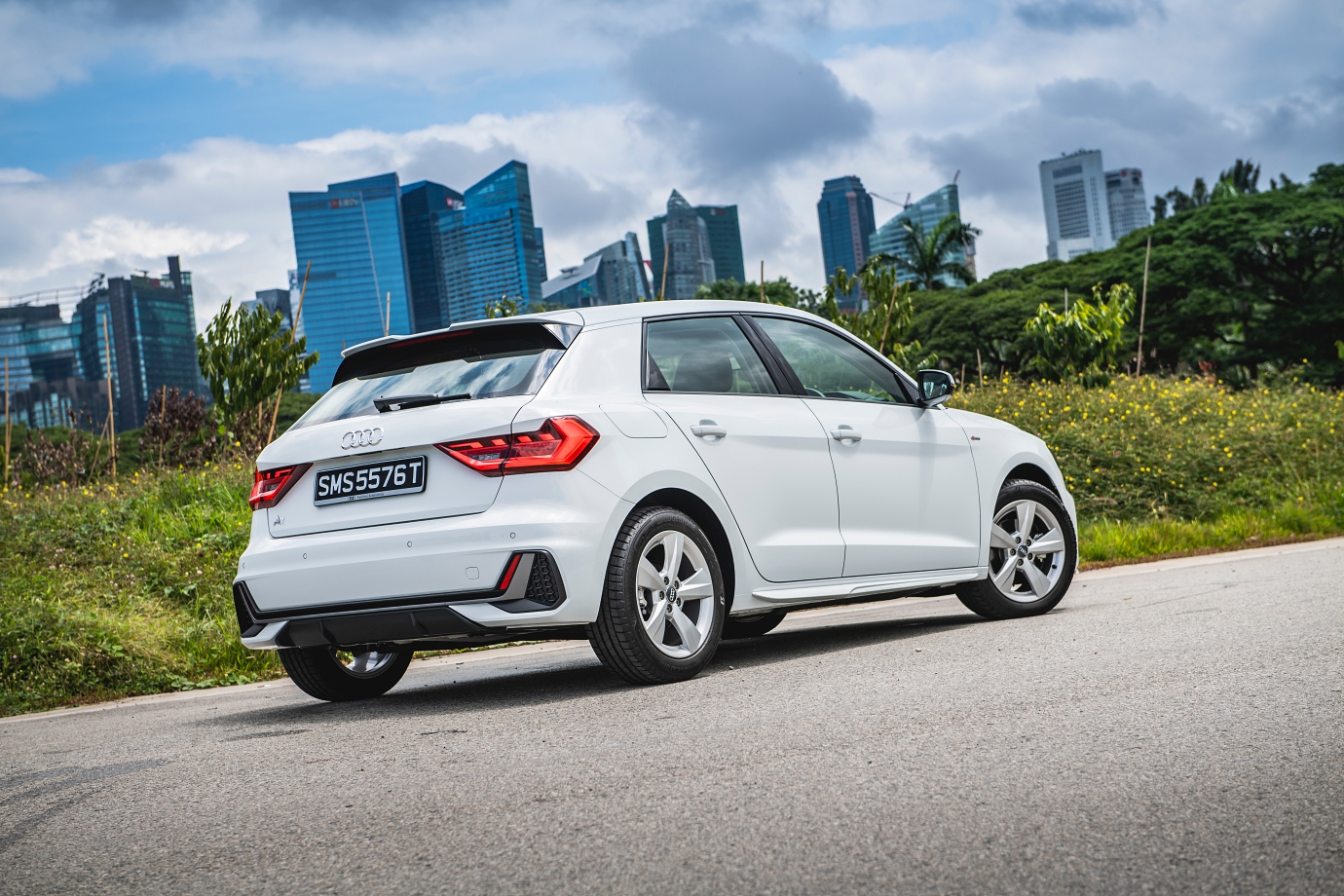
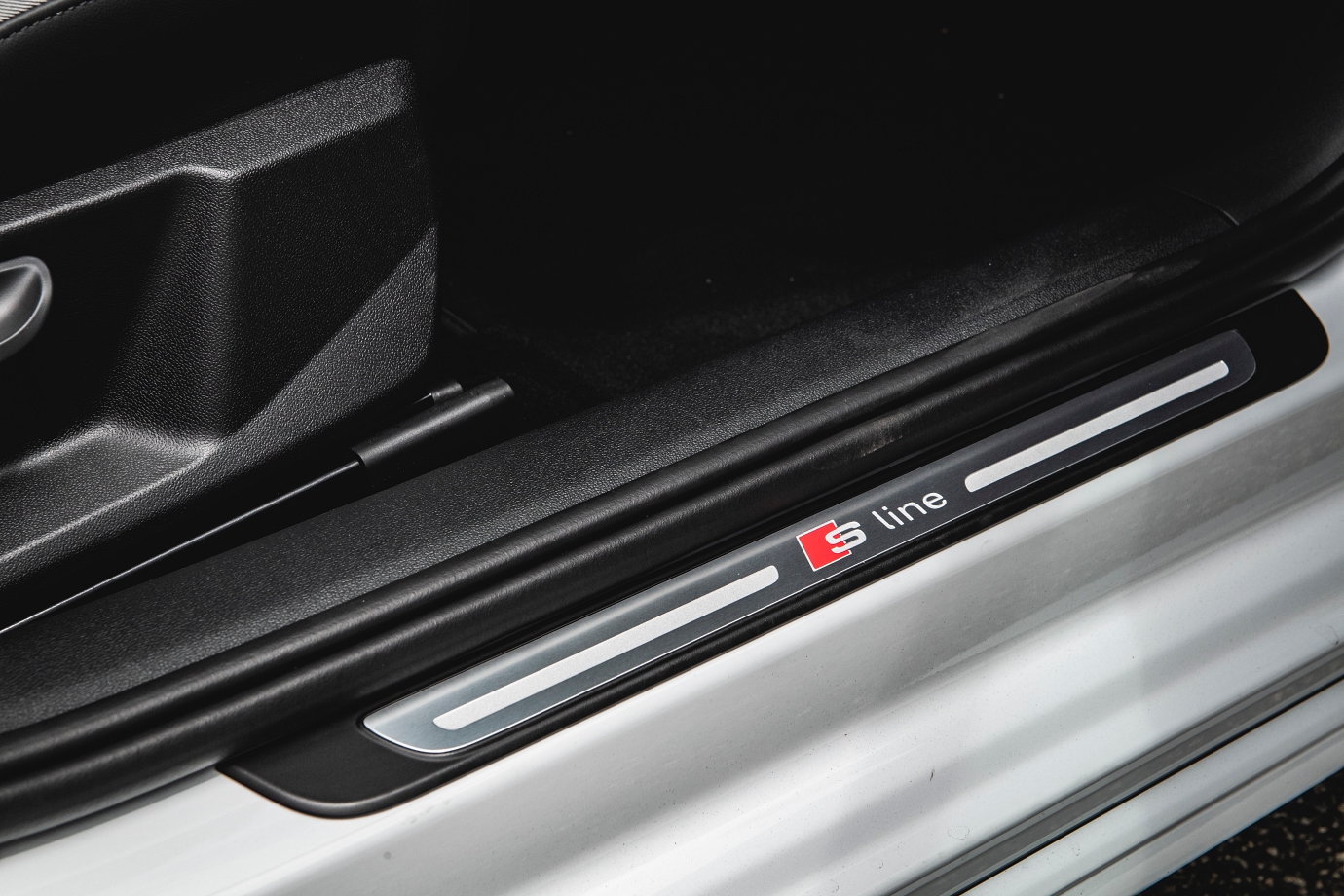
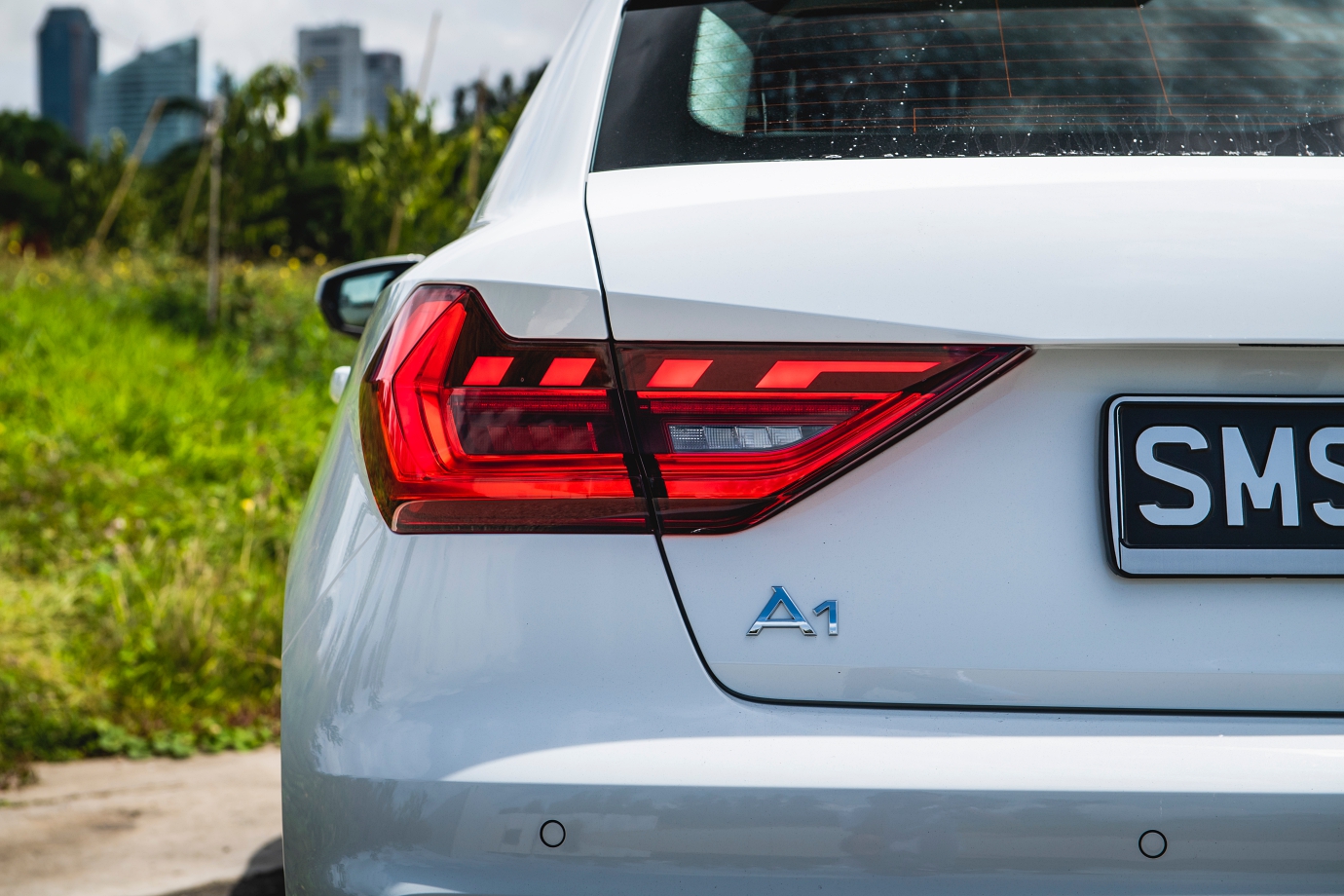
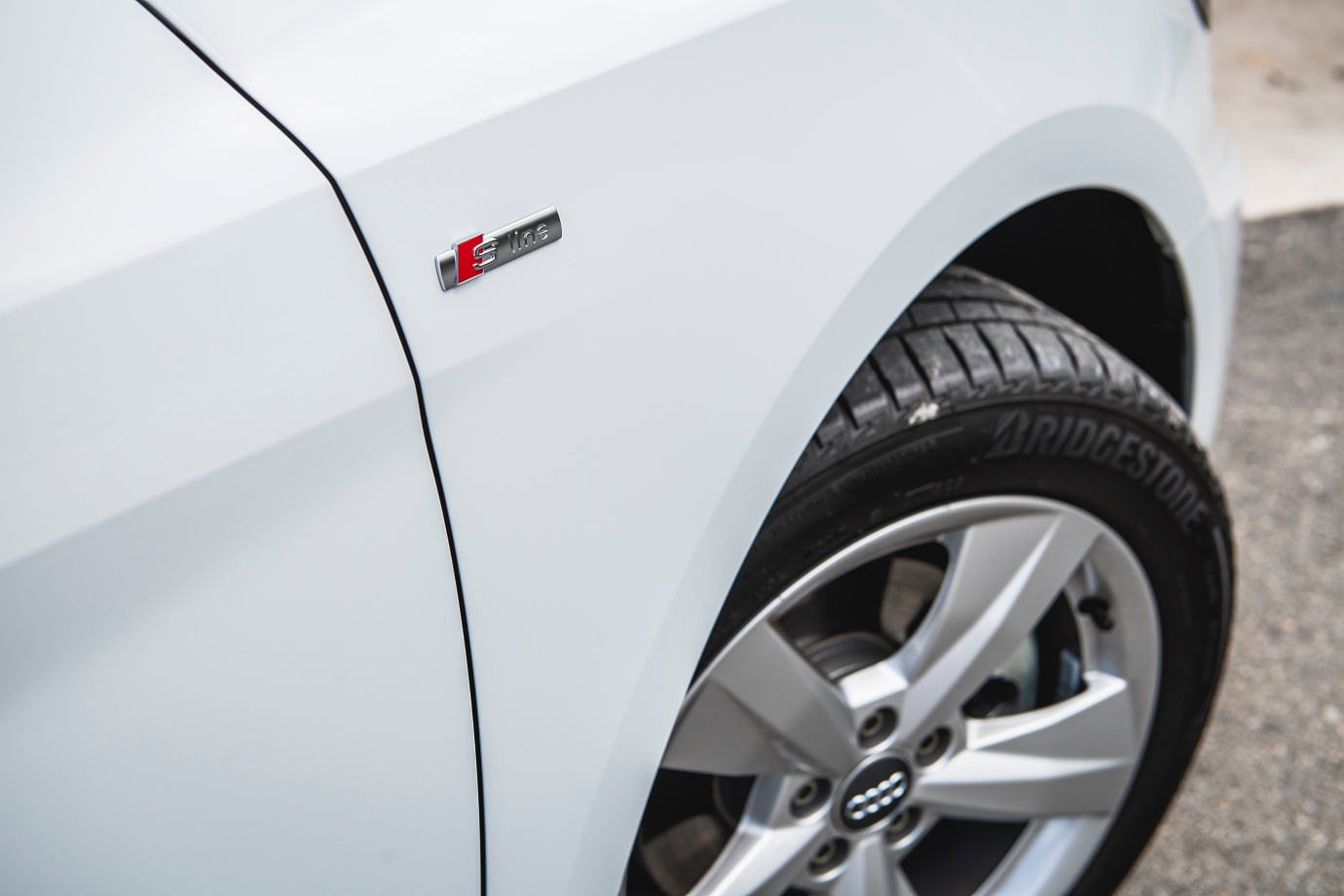
Audi A1 Sportback 1.0 TFSI 'S Line'
It’s the same sort of under-radar motorsports connection that led us to decide on the Audi A1 Sportback compact for this pairing, thanks to its Sport Quattro ‘nostrils’.
The Sport Quattro was Audi’s Group B racing homologation special from the mid-1980s that fired-up the rally aspirations of petrolheads the world over, this author included.
(What's a Sport Quattro? Click HERE for our drive of Audi's rally homologation special during the 2013 Audi Alpen Tour)
The connection to the Sport Quattro may be purely aesthetic, but the A1 Sportback 1.0 is a close match to the GTti in terms performance but more importantly, has the same scrappy nature.
Entry-level credentials aside, the 1.1-tonne A1 boasts LED head-lights, a wicked, sporty stance and accompanying looks, as well as all the mod-cons and a fully-digital Audi Virtual Cockpit interface of a latter-day city-compact, so it’s a credible A-to-B commuter with an agile personality to let one tackle the urban jungle with gusto.
You never need big power to have fun in the city. If anything, big numbers and a loud car put you in the spotlight and you end up practicing forbearance in today’s “everyone is watching” car-cam-crazed climate.
What we’d much rather have is a perky powerplant and a transmission with close-ratios to let you effectively engage in the melee of peak hour city traffic.
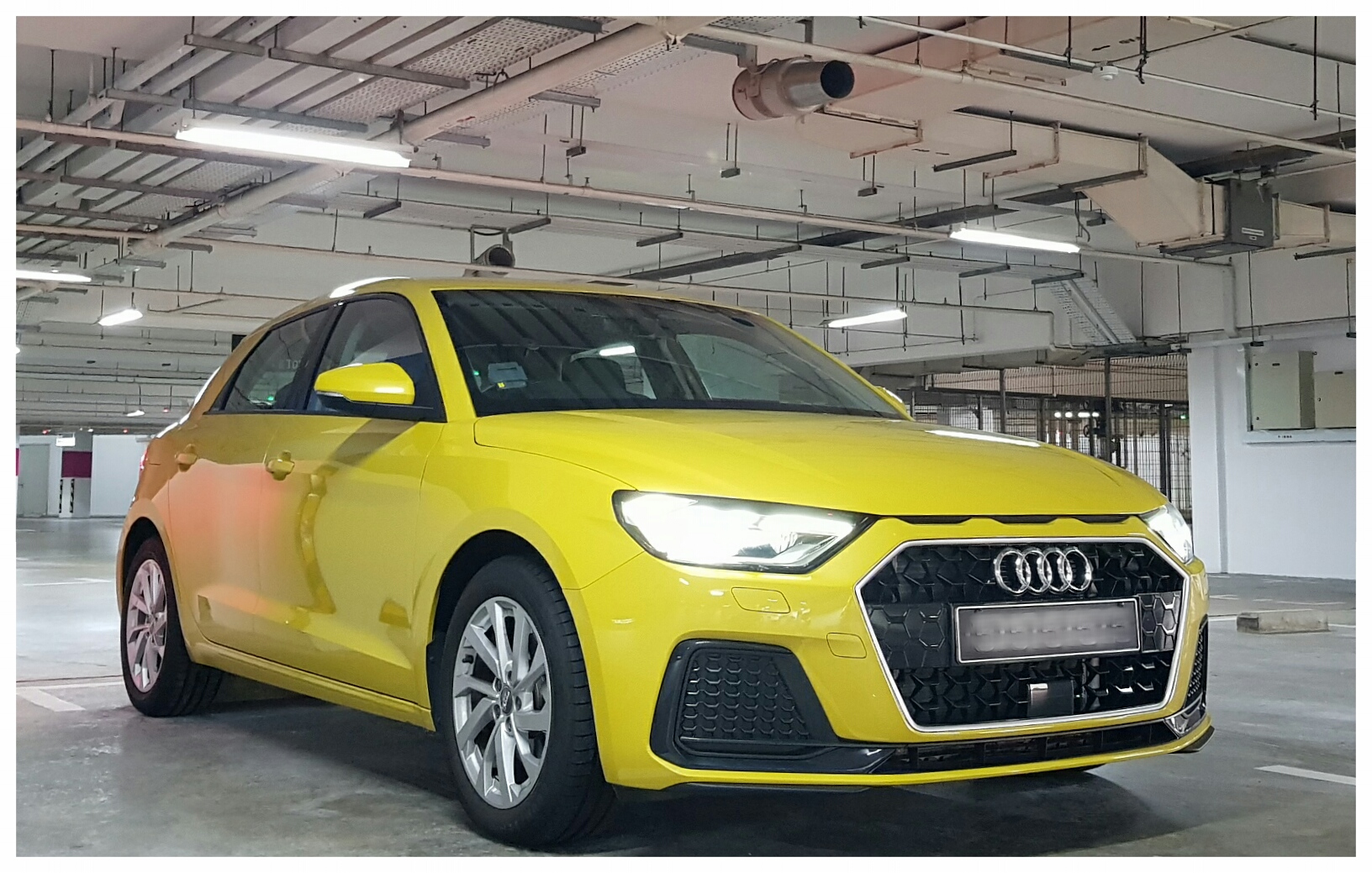
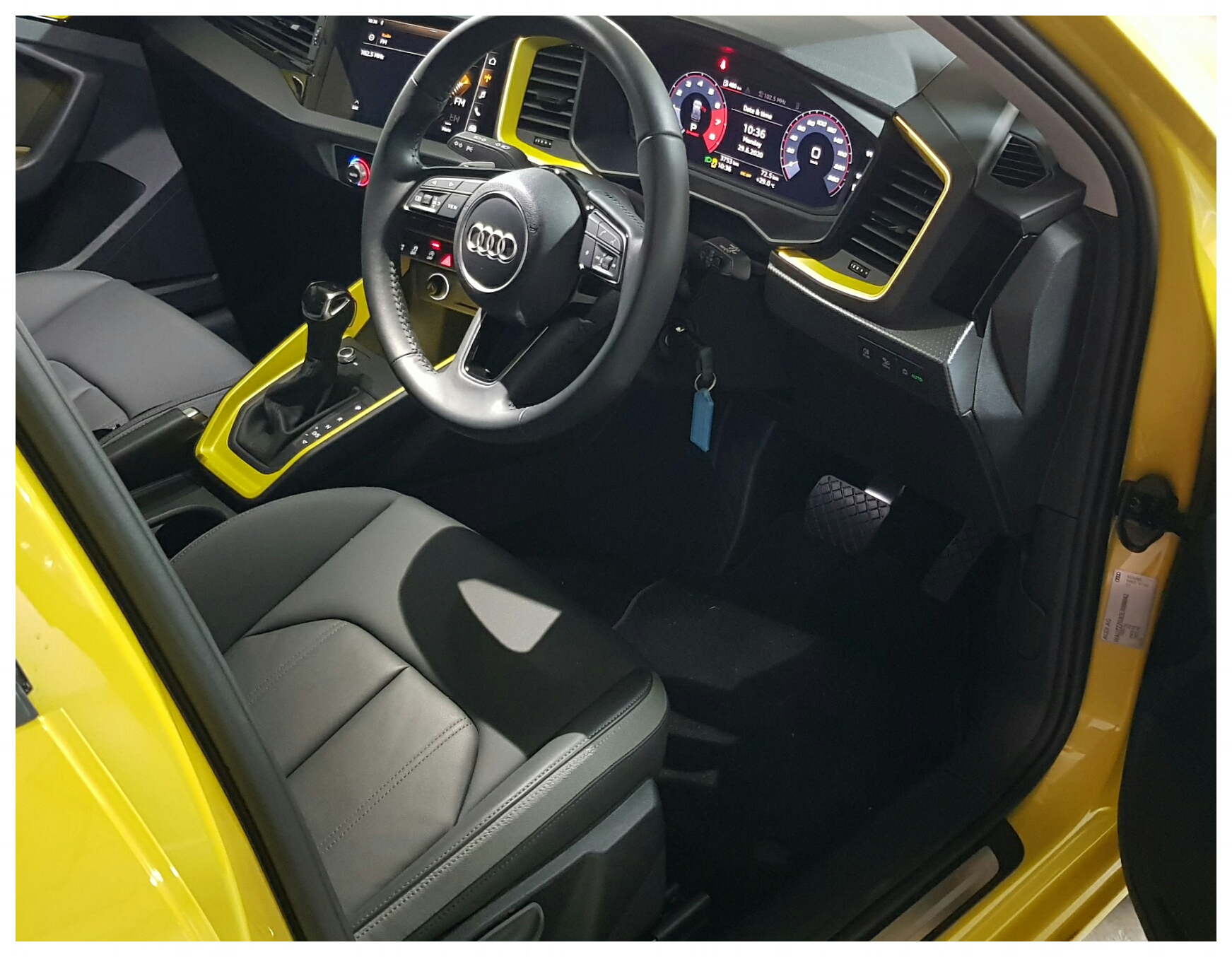
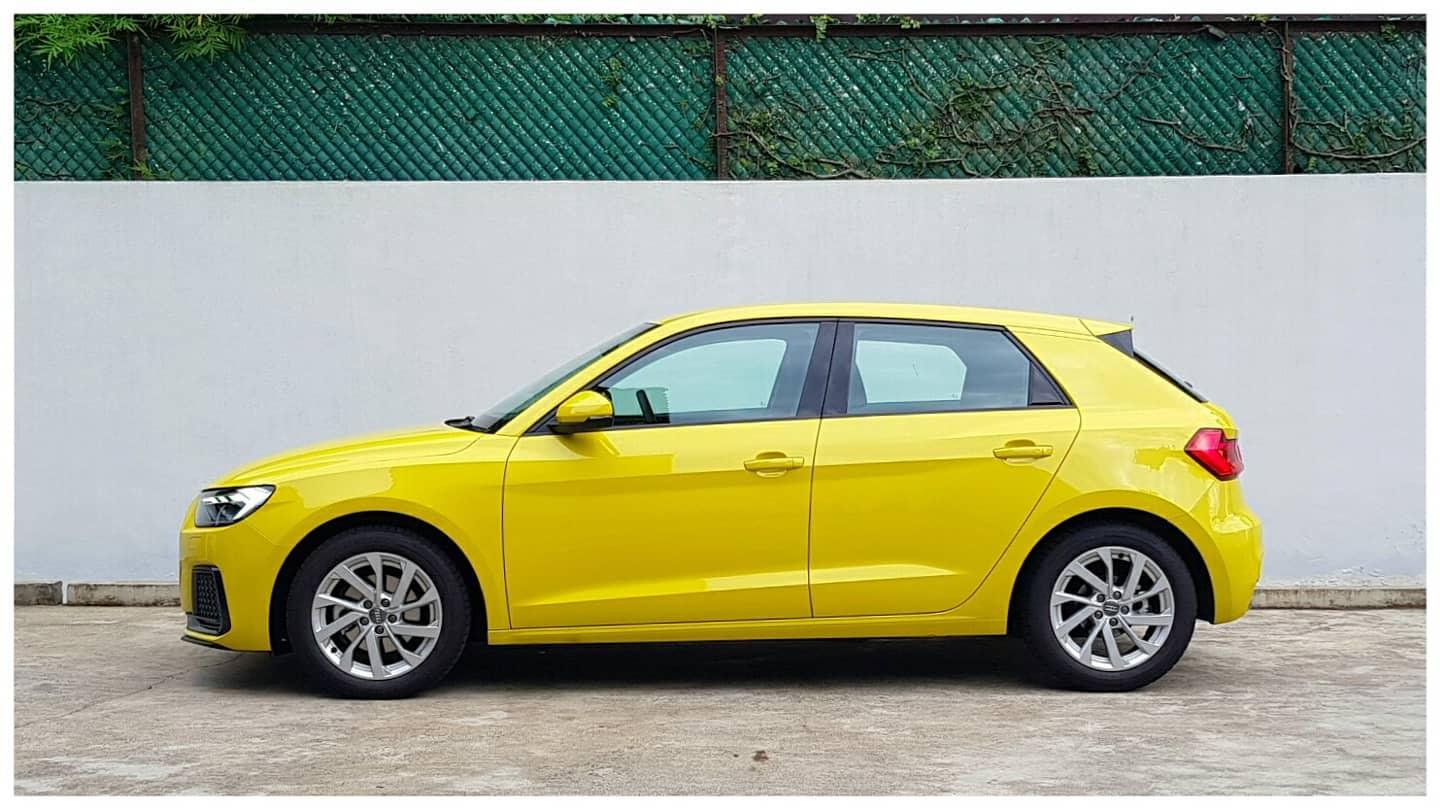
Here's a quick look at the non-S Line Audi A1 Sportback
The current A1 Sportback looks more serious sporty than the unassuming, boyish charm of the first generation A1, and the turbo’d 1.0-litre 3cyl musters sufficient spirit to bring on a good fight in built-up areas.
The cabin is suitably appointed, with strategic panels featuring colour-coding (and gorgeous houndstooth pattern on the fabric seats of some variants), which is a great way of poshing-up the interior.
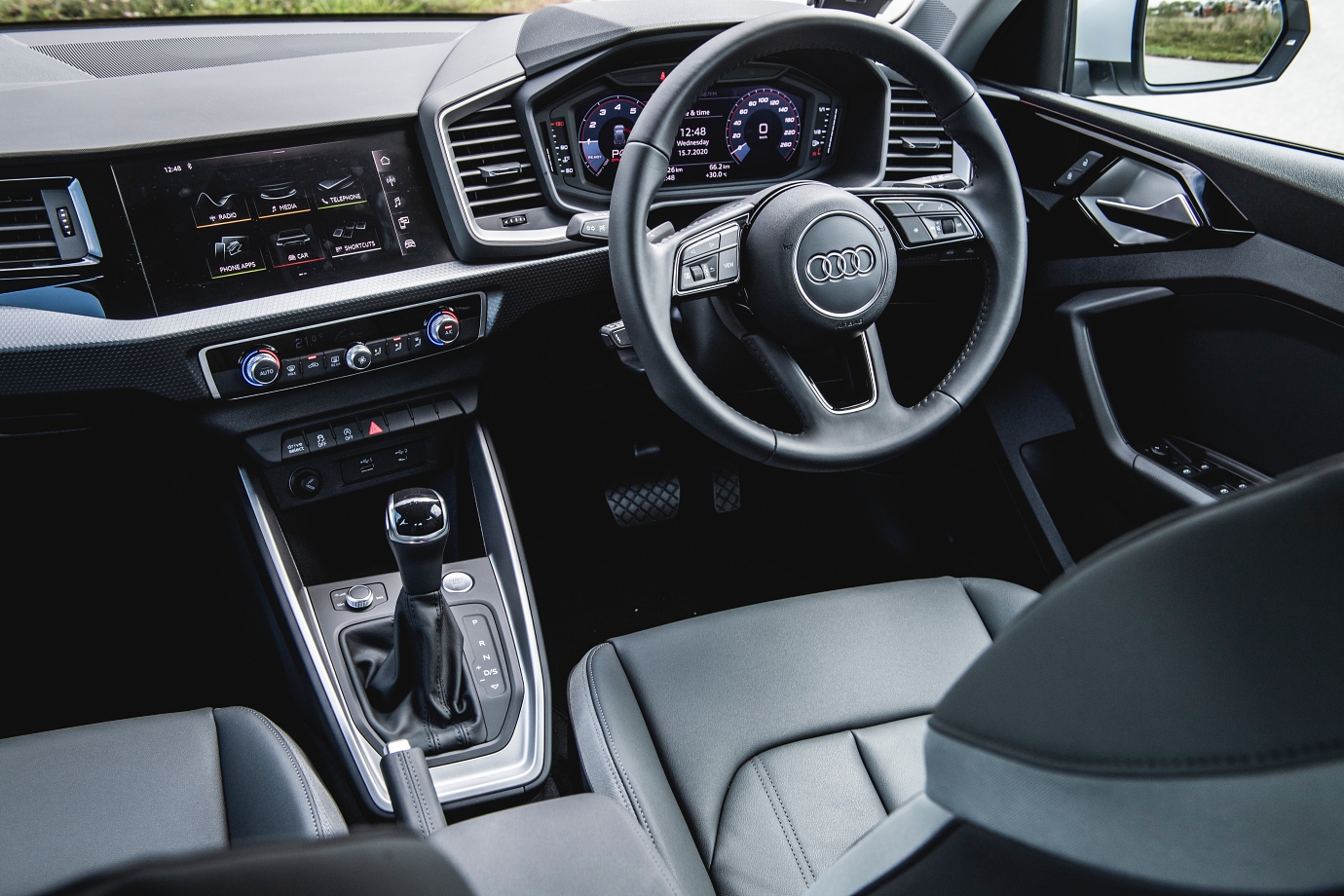
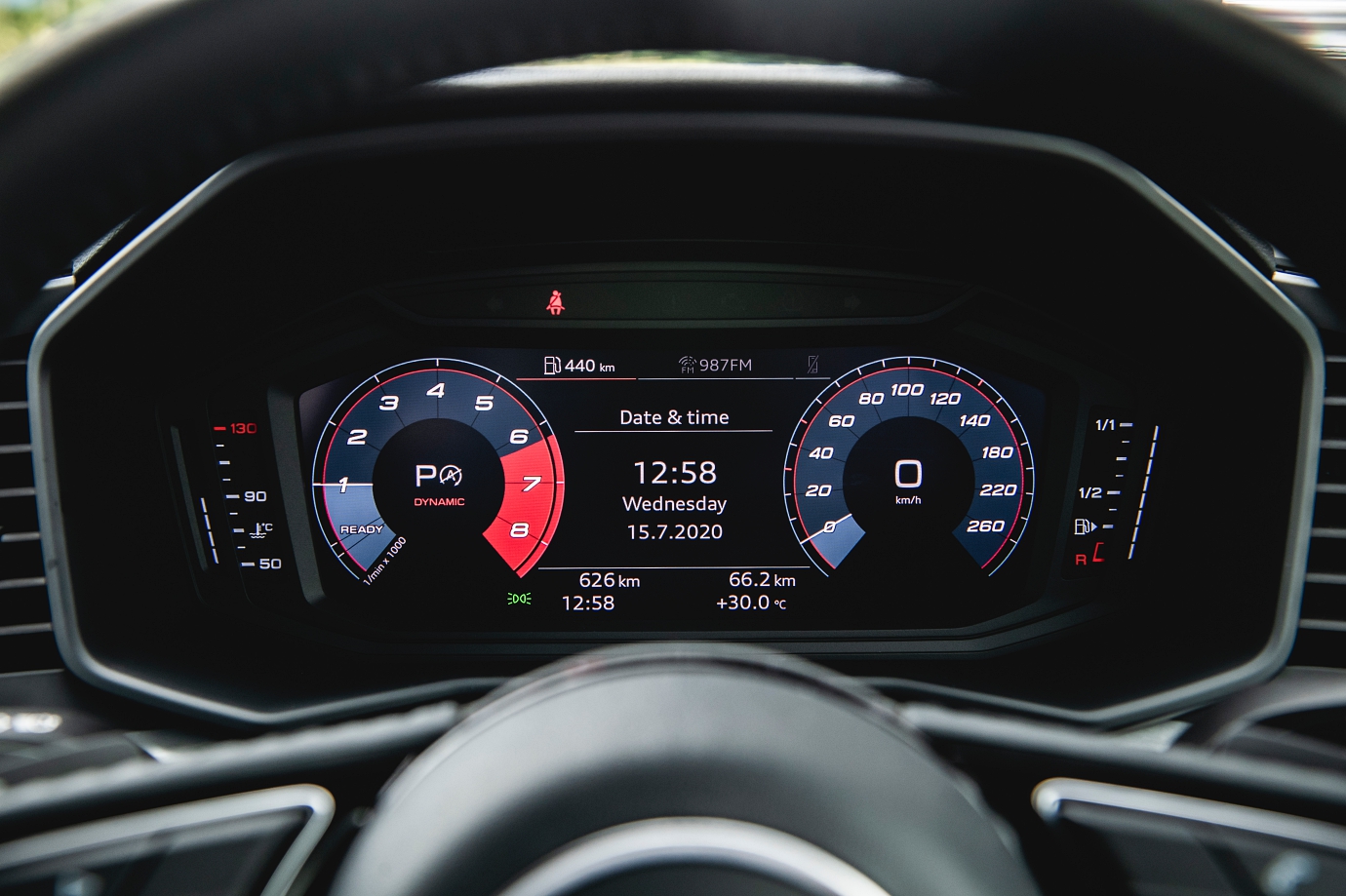
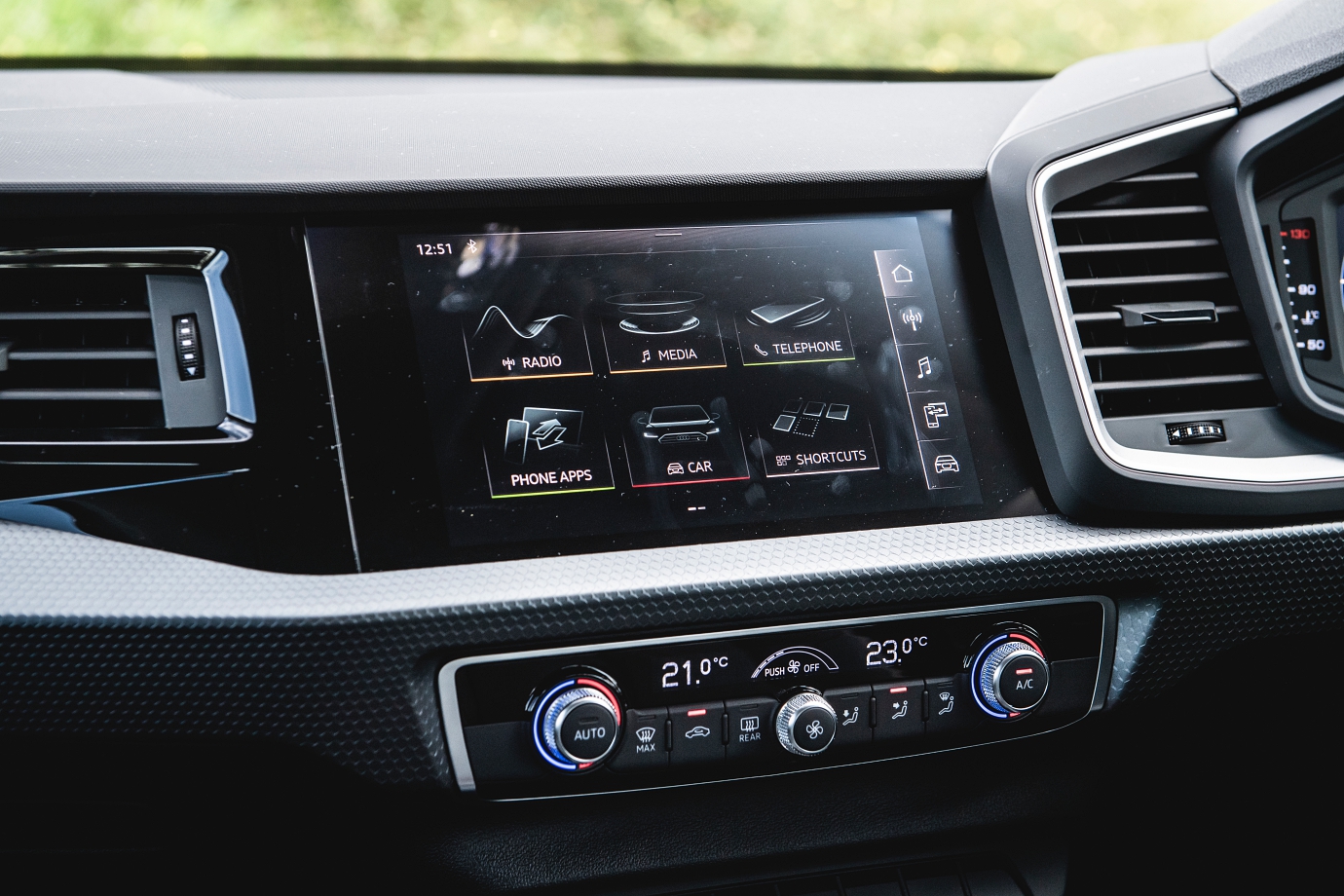
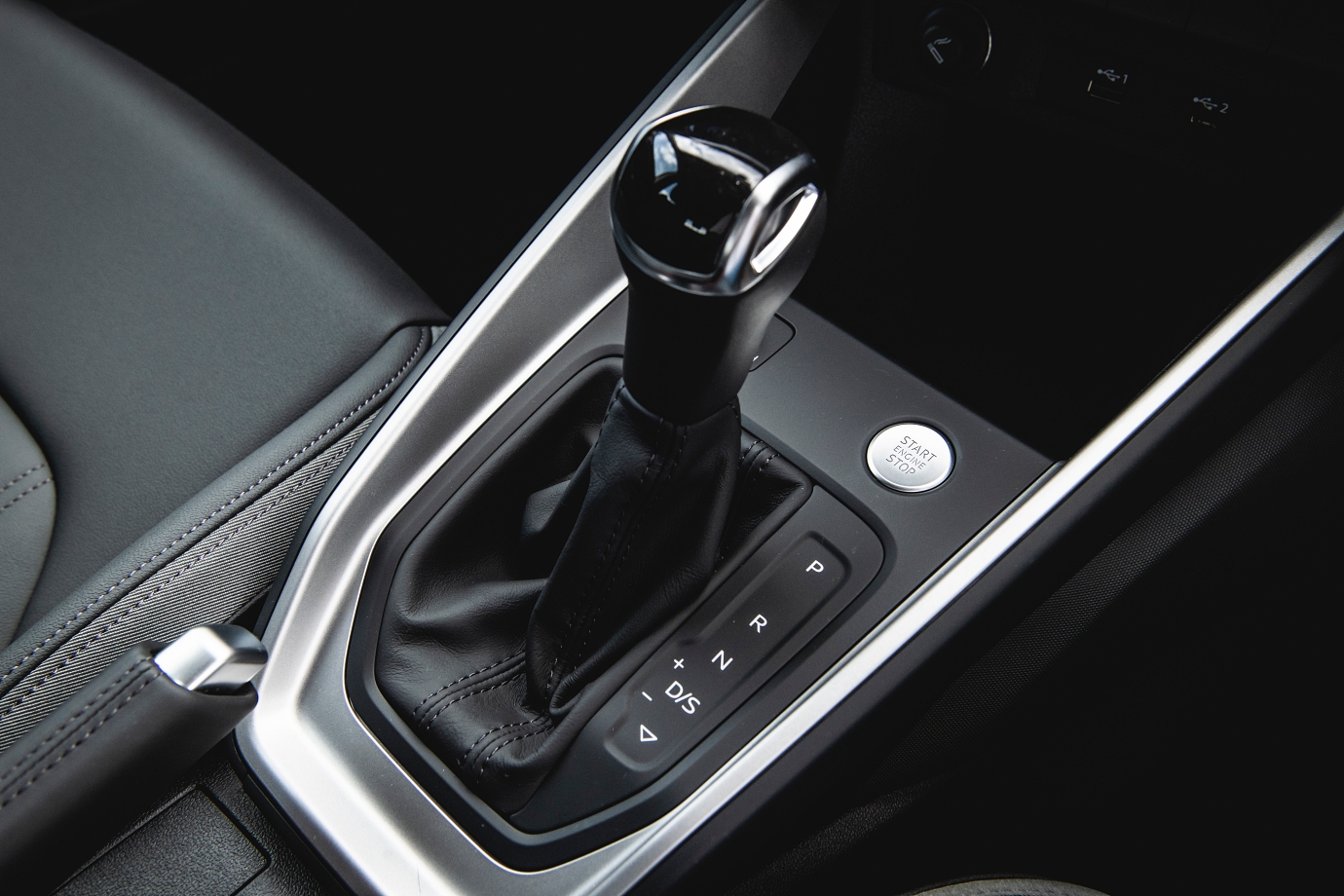
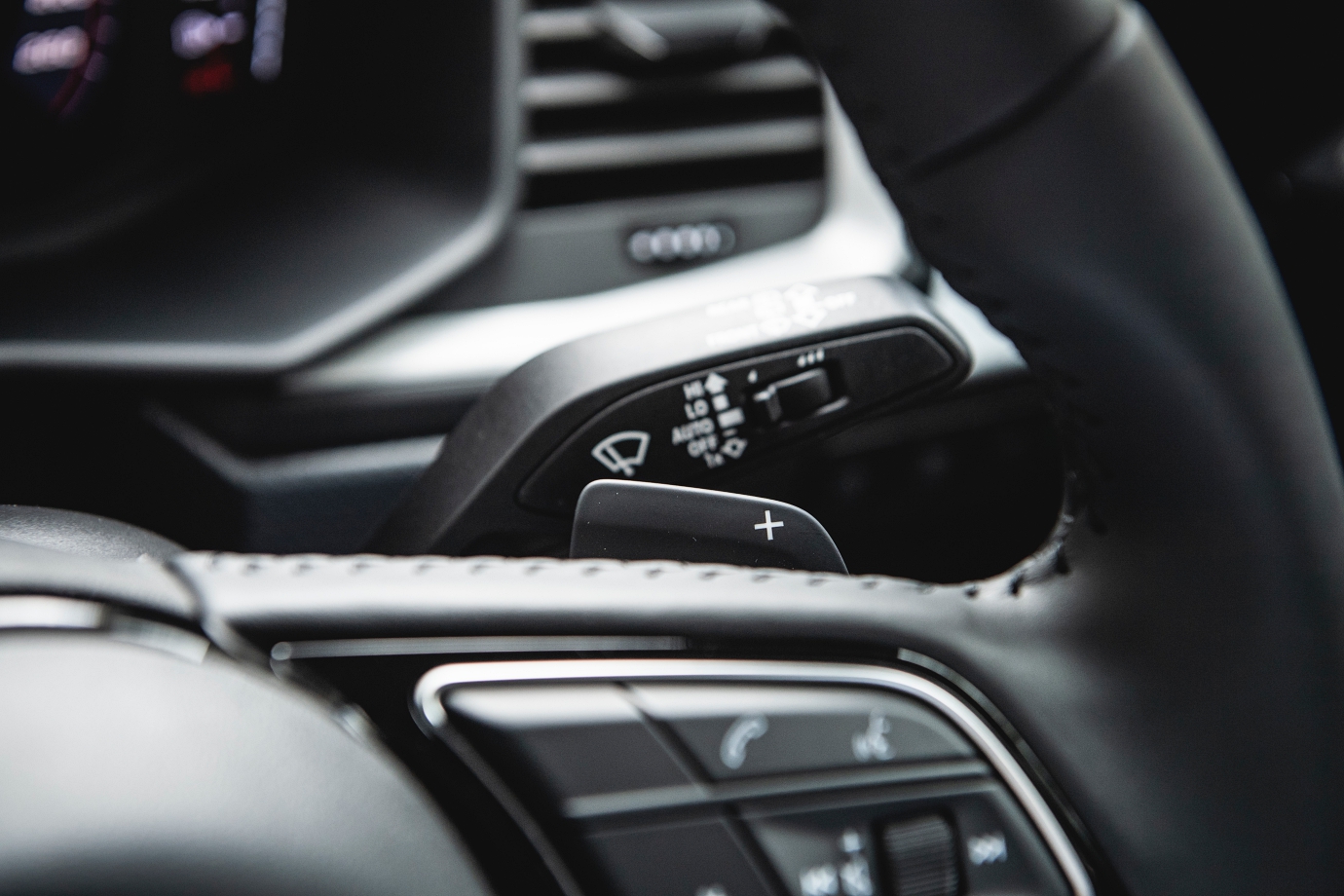
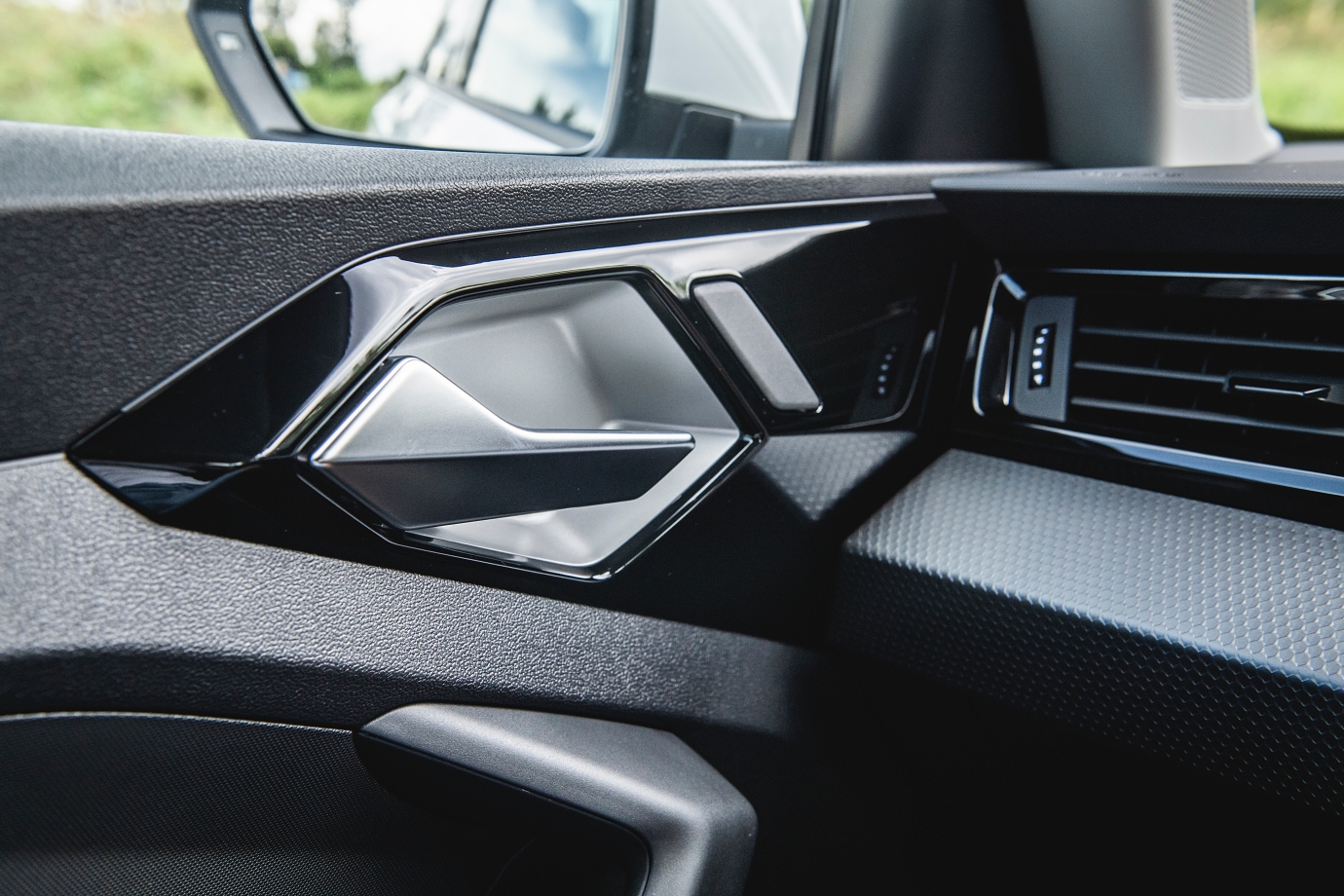
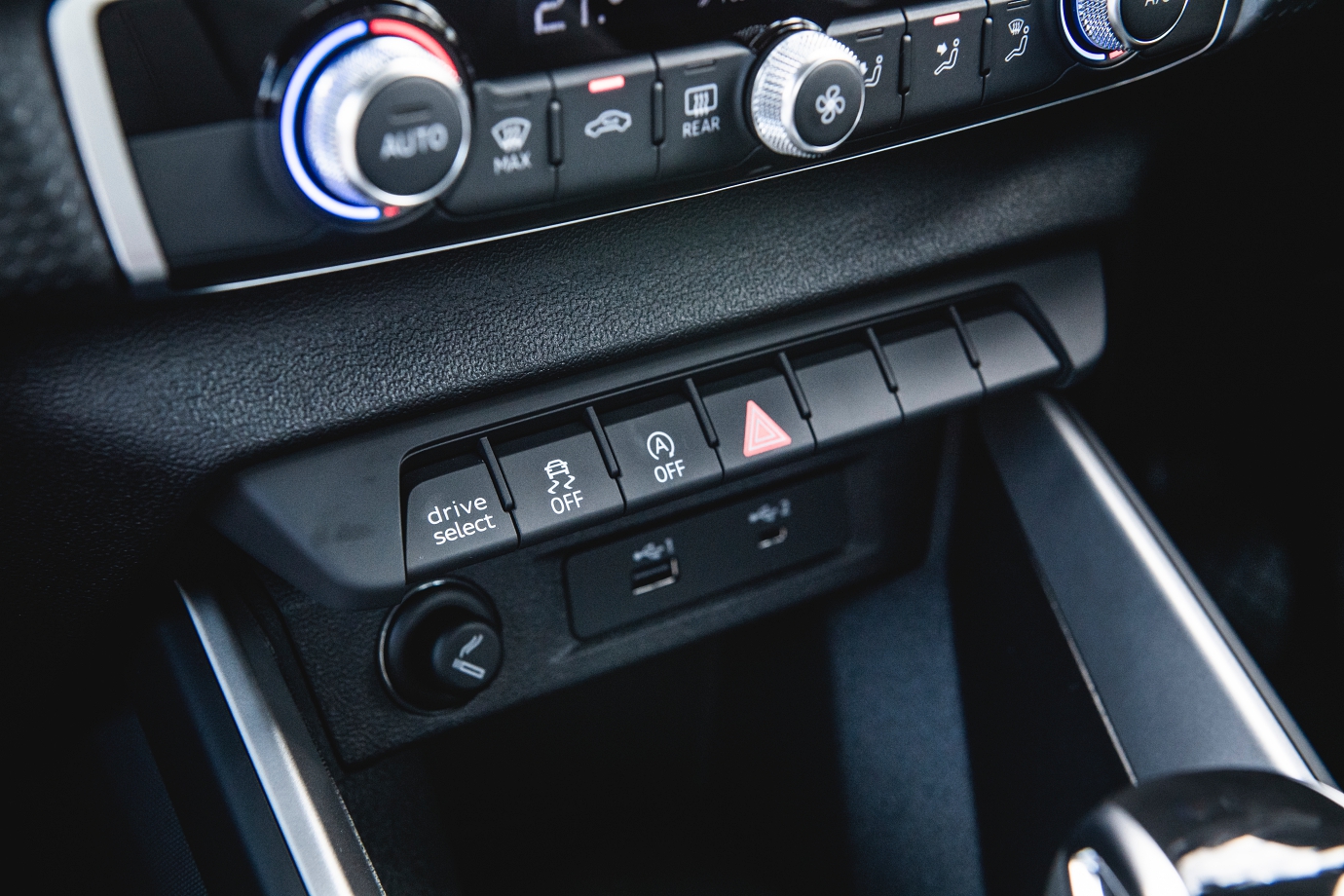
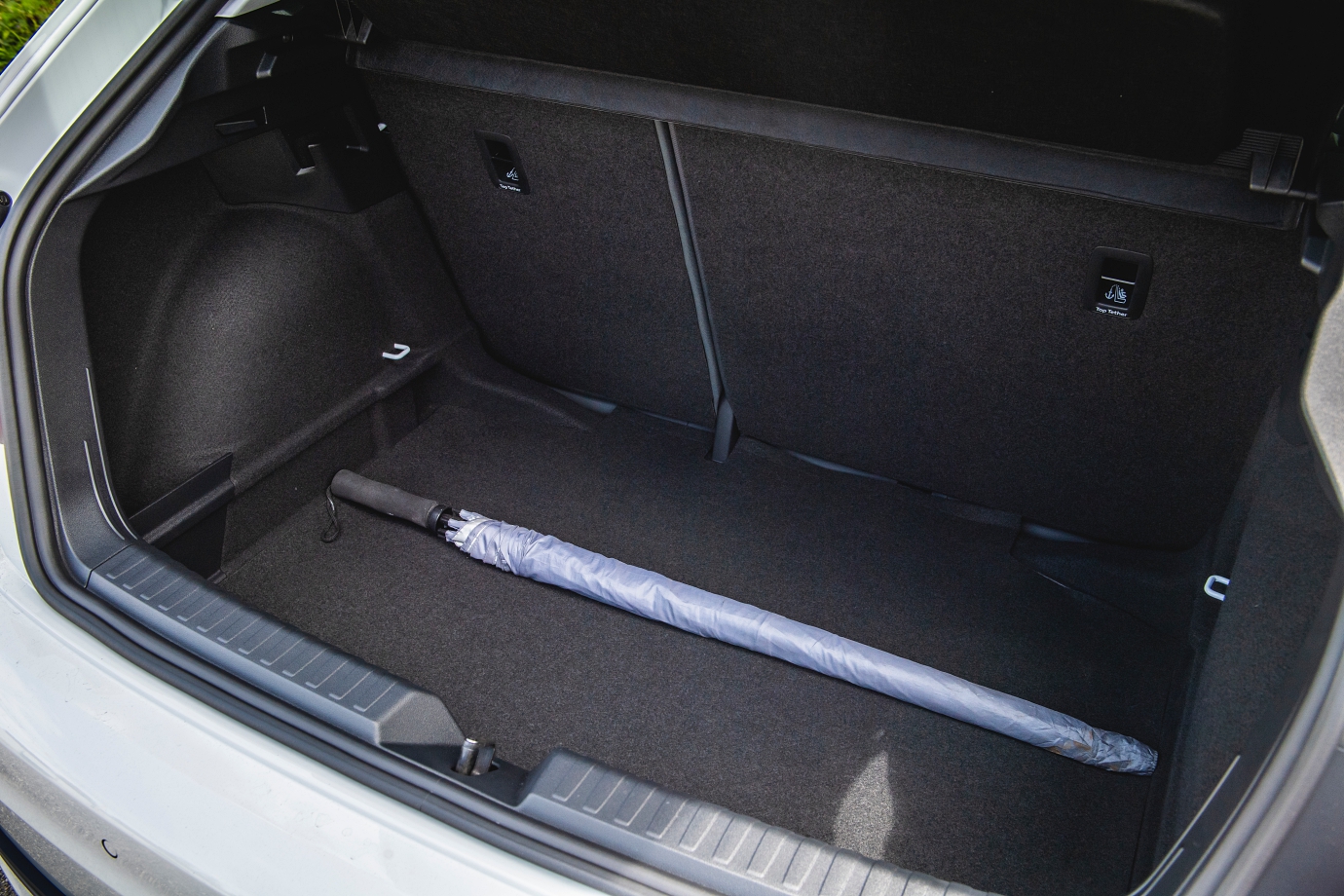
Like the GTti, the A1 Sportback boasts the same useful cabin and a commodious 335-litre boot, because small cars work even harder to prove themselves when it comes to utility.
There’s good glass area in front and ample storage cubby-holes, but the Sportback’s sloping roofline means the rear treatment is visually sporty, but results in a darker ambience for rear seat occupants.
Paper specifications tell only half the story when it comes to real-world use. If every journey is a road-rally and every destination, the finish line, perhaps raw figures may be relevant.
However, almost no one drives like that all the time (if at all) and the more pertinent figure is not how much power/torque a car makes, but when it makes it in the rev-band, something important to note if you’re constantly embroiled in start-stop traffic.
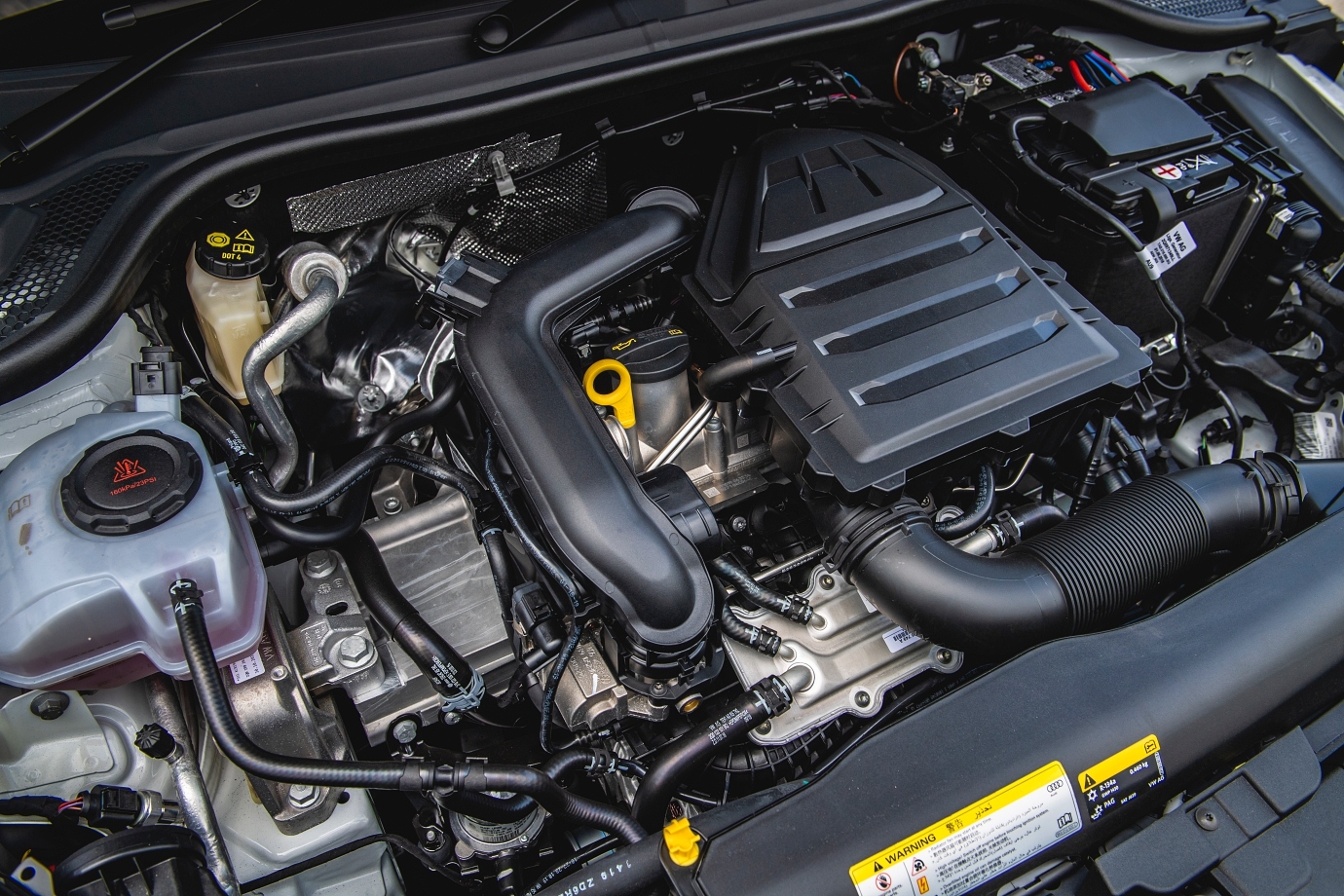
The A1 is tuned to ‘deliver the goods’ in the low to mid-range, which is perfect for cruising effortlessly in slow traffic, but can snap to attention at a moment’s notice to let you overtake and/or change lanes safely.
What the tyke lacks in outright oomph on long open stretches it makes up for in close curvy confines, where a combination of snappy shifts and tight handling results in satisfyingly swift progress.
What used to be the fastest 1.0-litre car in the world in the late 1980s to early 1990s no longer even matches-up to the performance of an entry-level compact hatchback these days.
However, the point of such introspective features is to remind us that what seems to come so effortlessly and easily these days is a far cry from a time when one needed to put in rewarding hard work to achieve meaningful progress...
PHOTOS Zotiq Visuals
Audi A1 Sportback 1.0 TFSI 'S Line'
Engine 999cc, inline3, turbocharged
Power/rpm 116hp/5000-5500rpm
Torque/rpm 200Nm/2000-3500rpm
Transmission 7spd S Tronic dual-clutch
0-100km/h 9.4secs
Top Speed 203km/h
Kerbweight 1125kg
PWR 103hp/tonne
Fuel Consumption 8.7l/100km
CO2 122g/km
Daihatsu Charade GTti
Engine 993cc, inline3, turbocharged
Power/rpm 100hp/6500rpm
Torque/rpm 130Nm/3500rpm
Transmission 5spd manual
0-100km/h est. 8secs
Top Speed 185km/h
Kerbweight 818kg
PWR 122hp/tonne
Fuel Consumption est. 9.8l/100km
CO2 n/a
